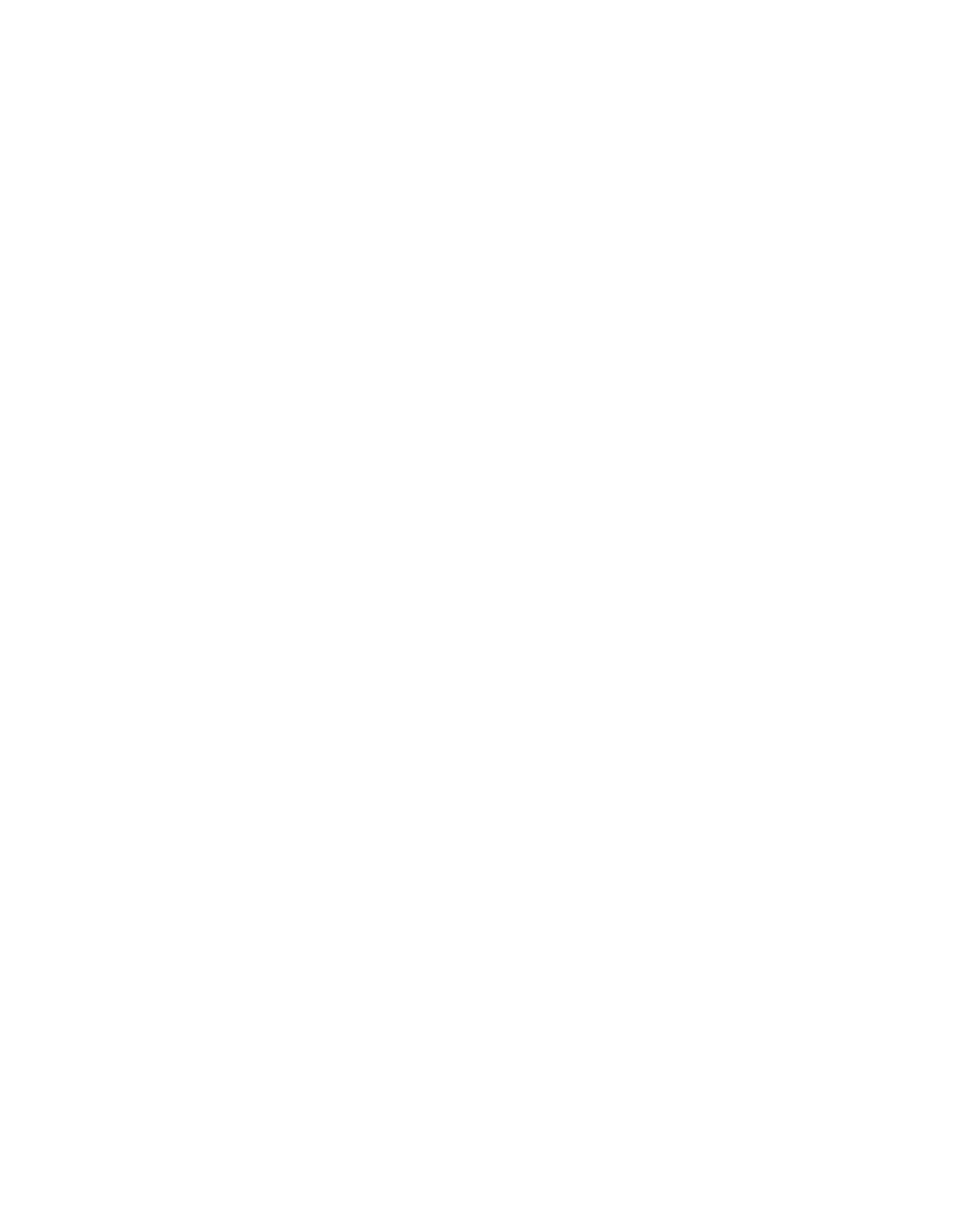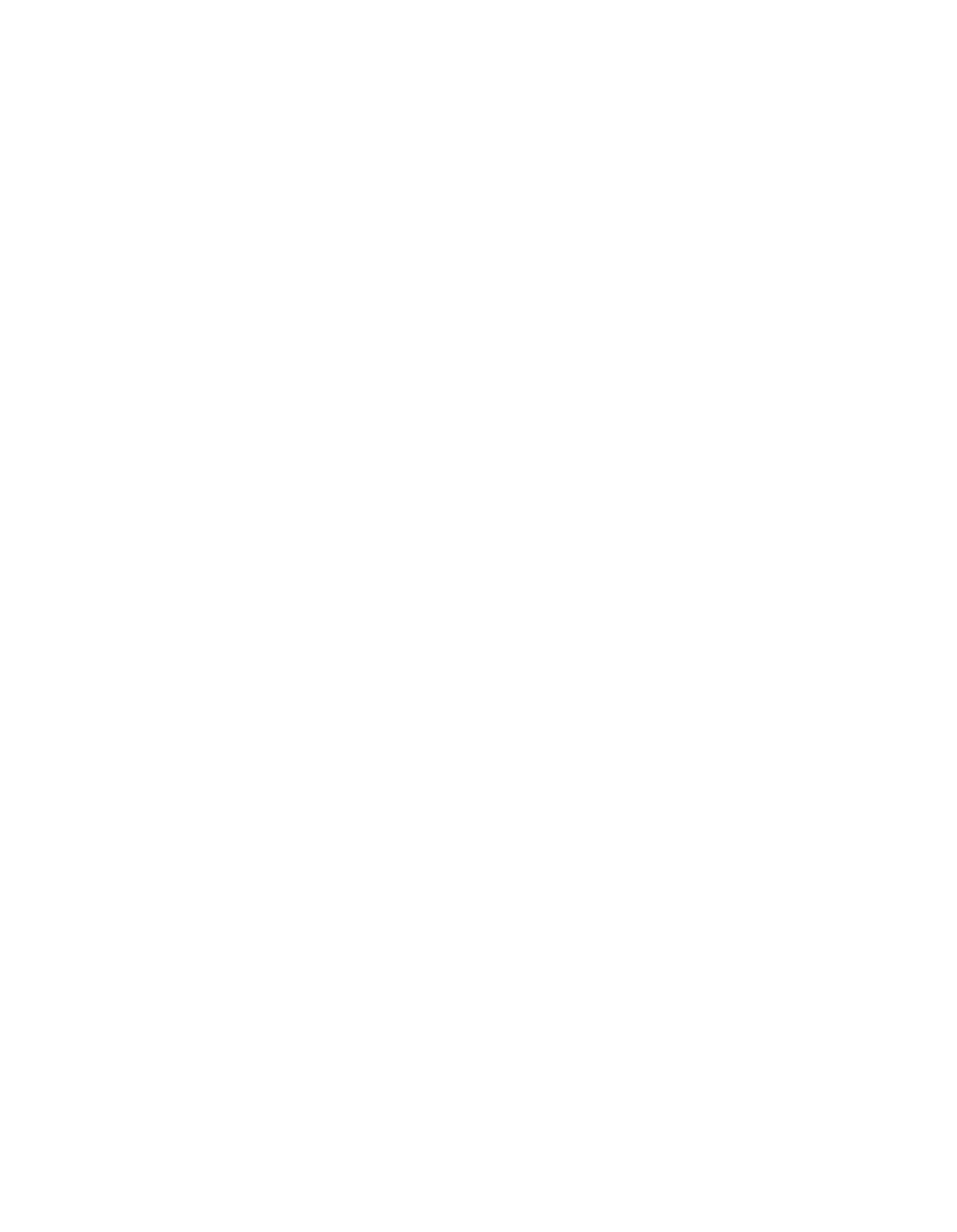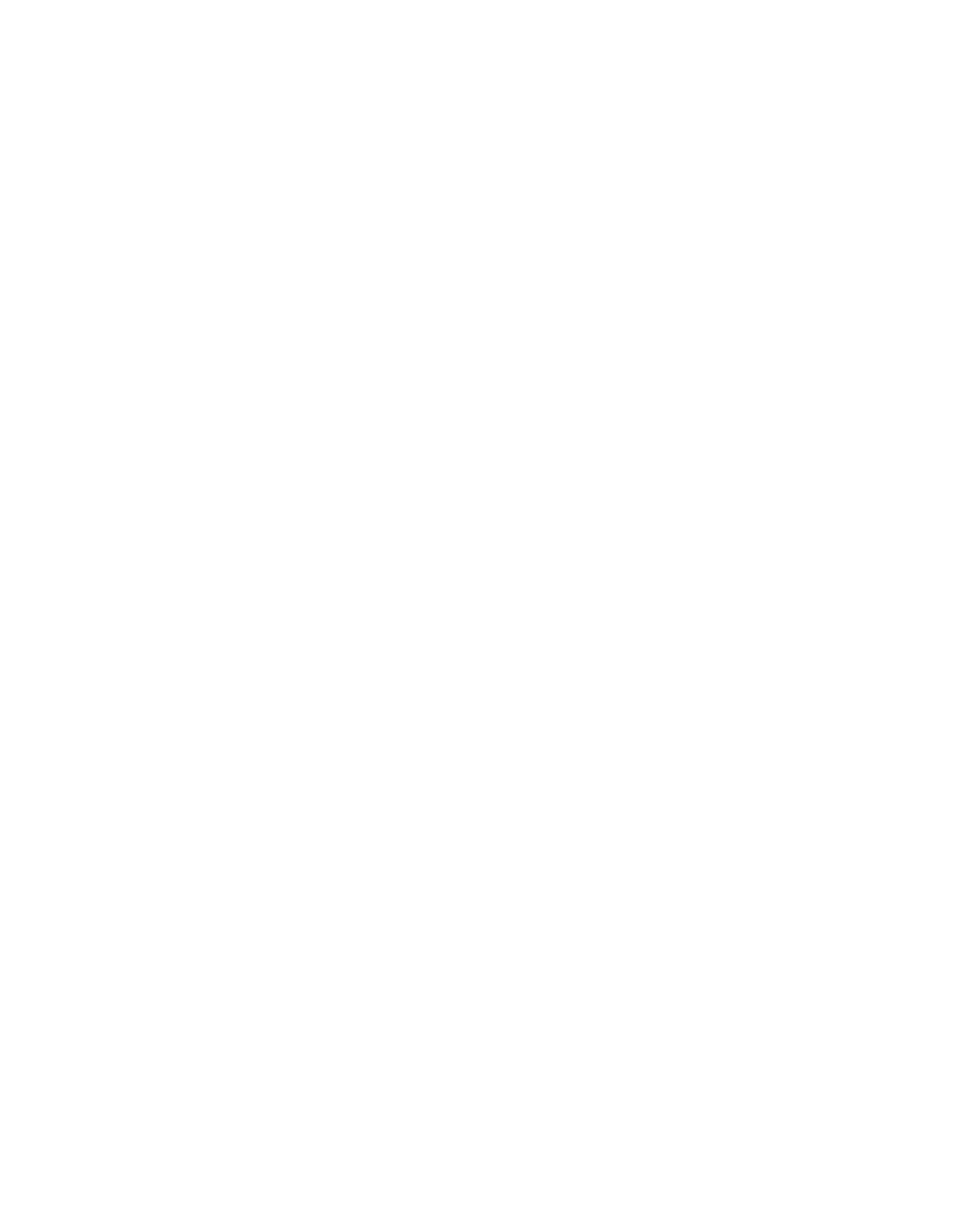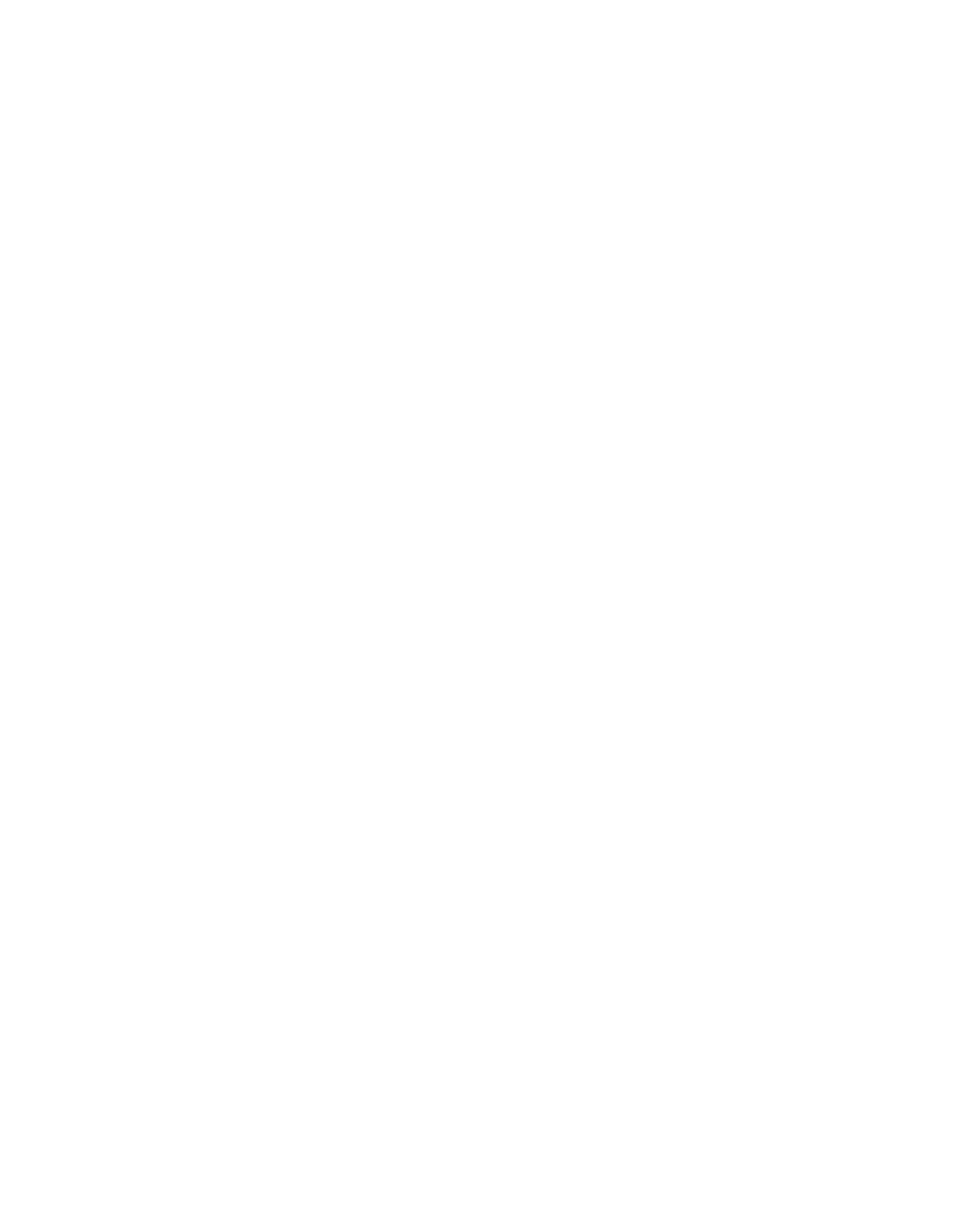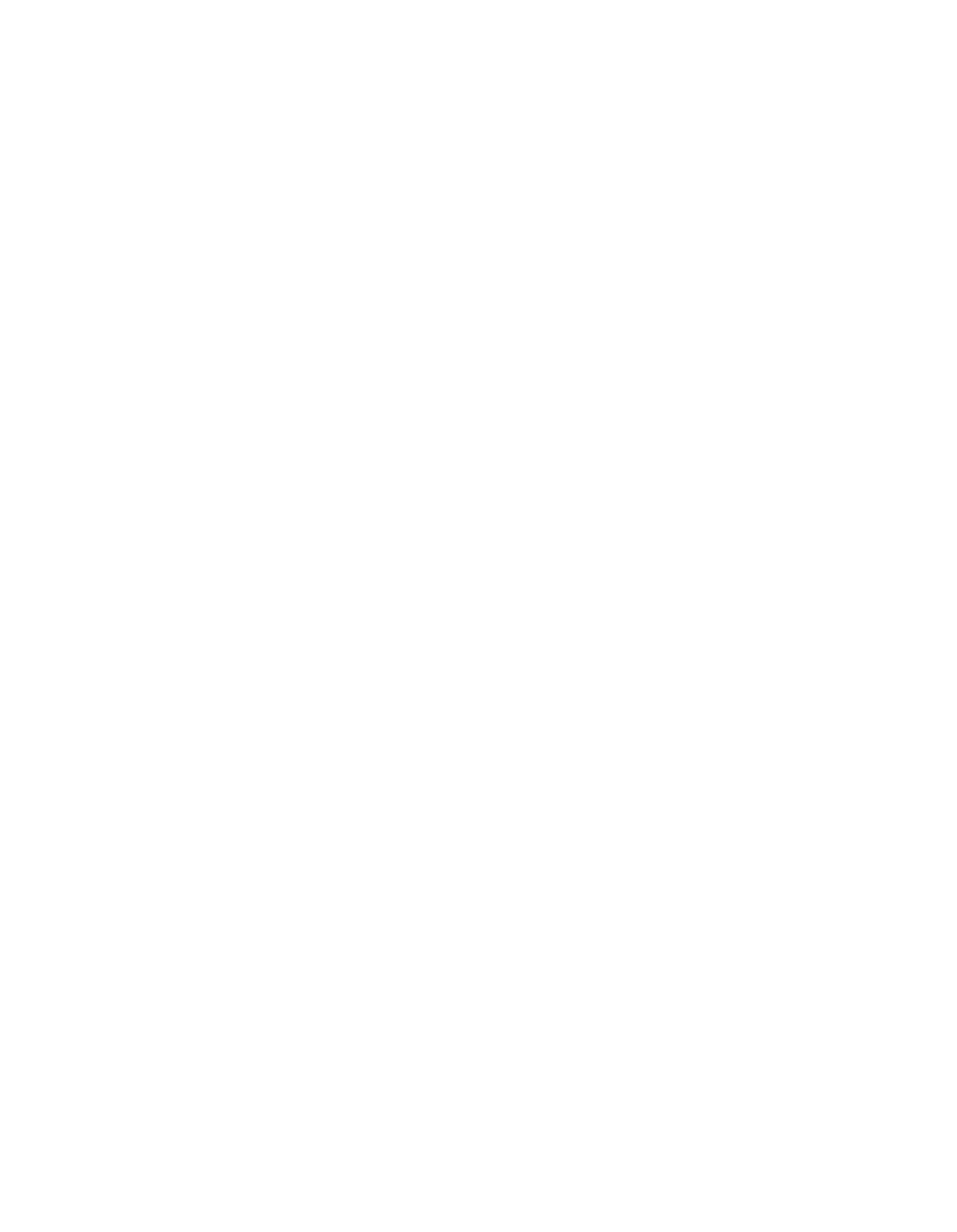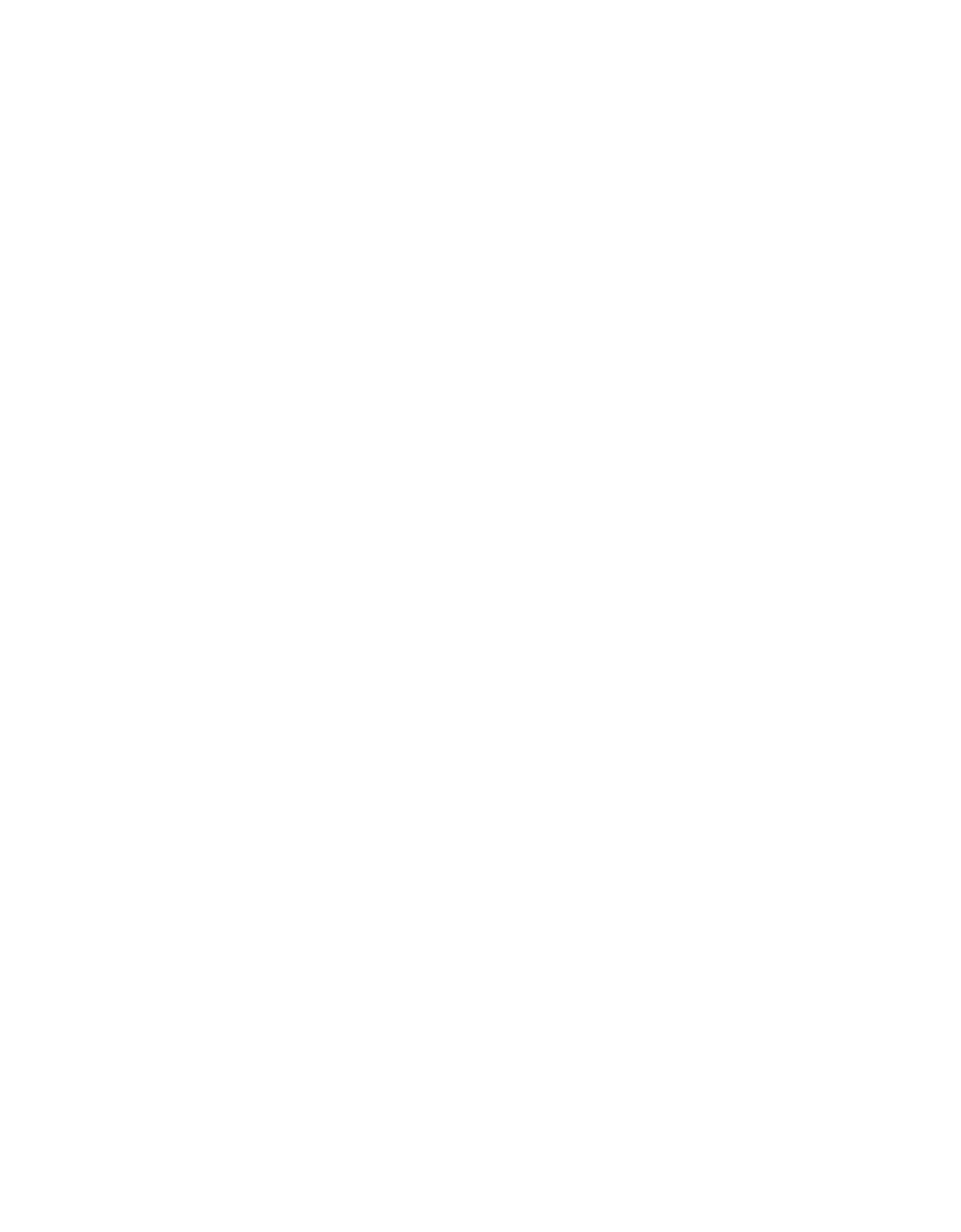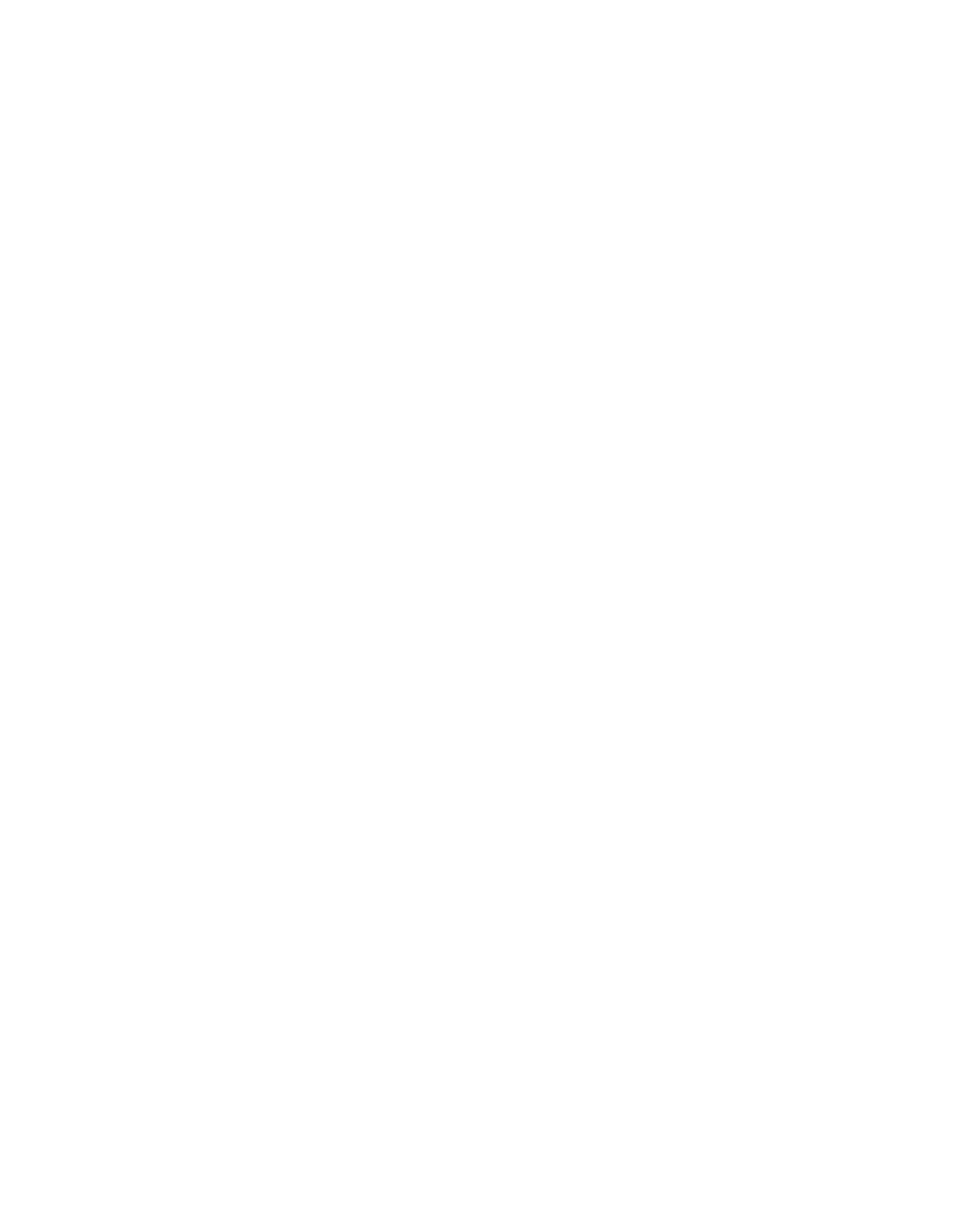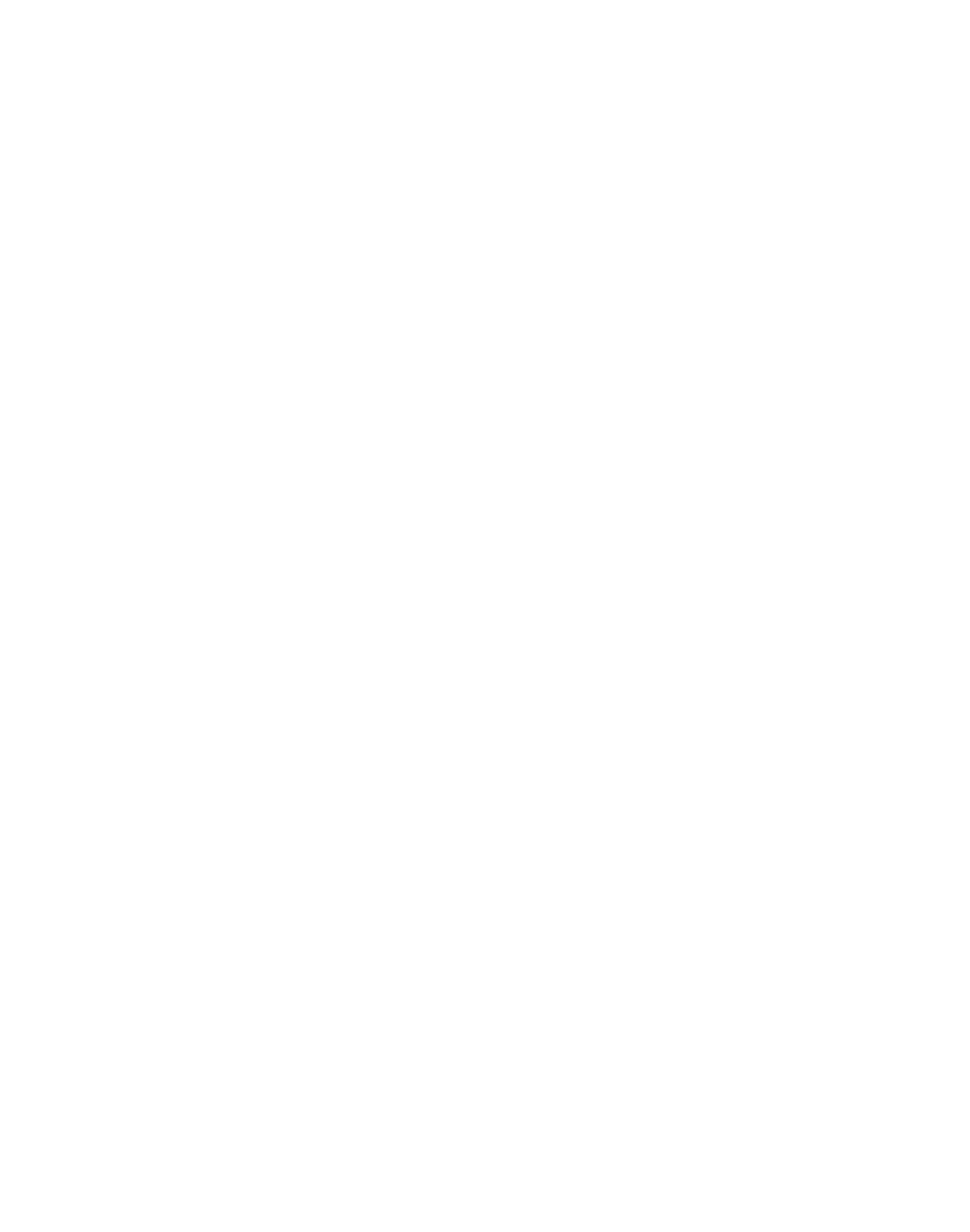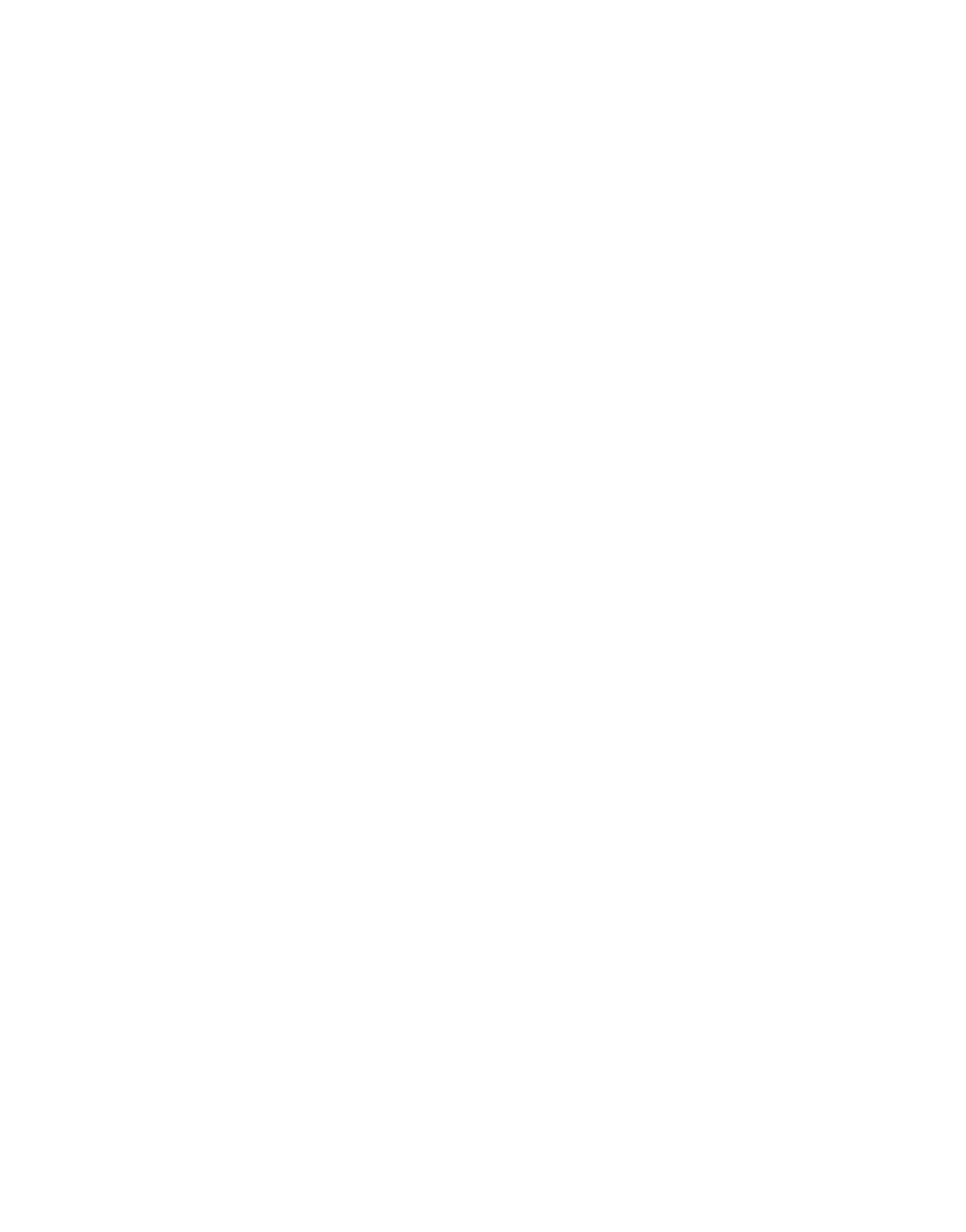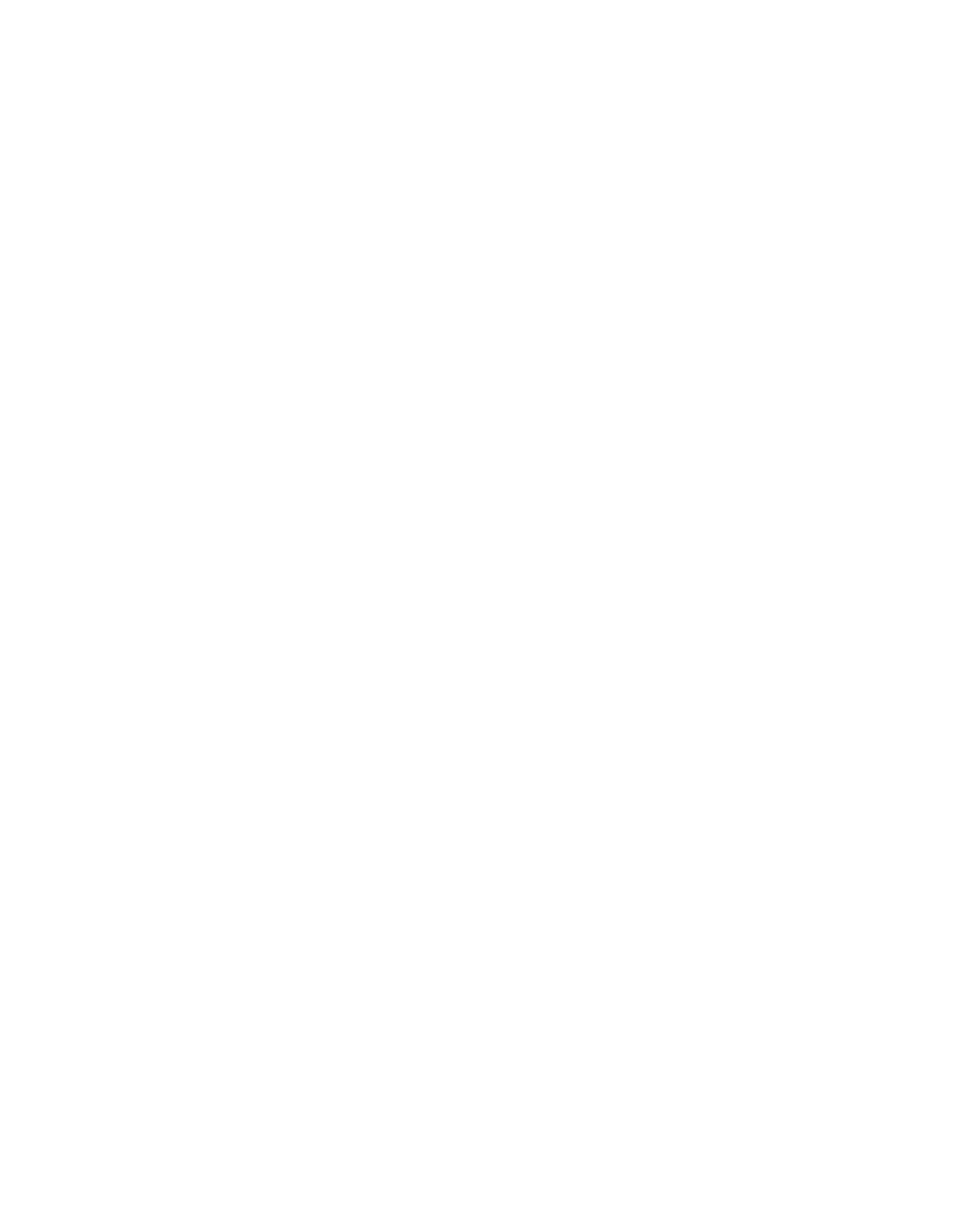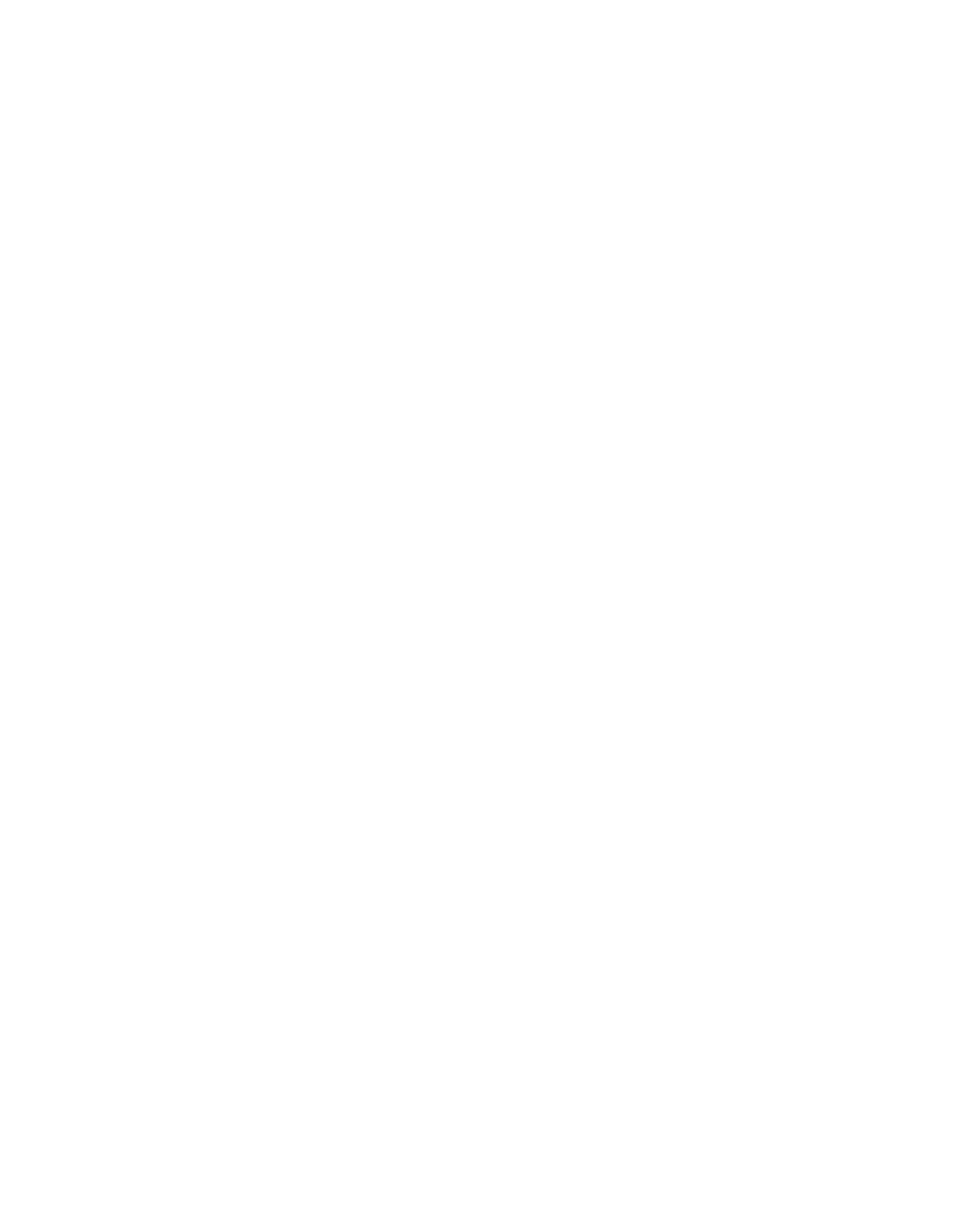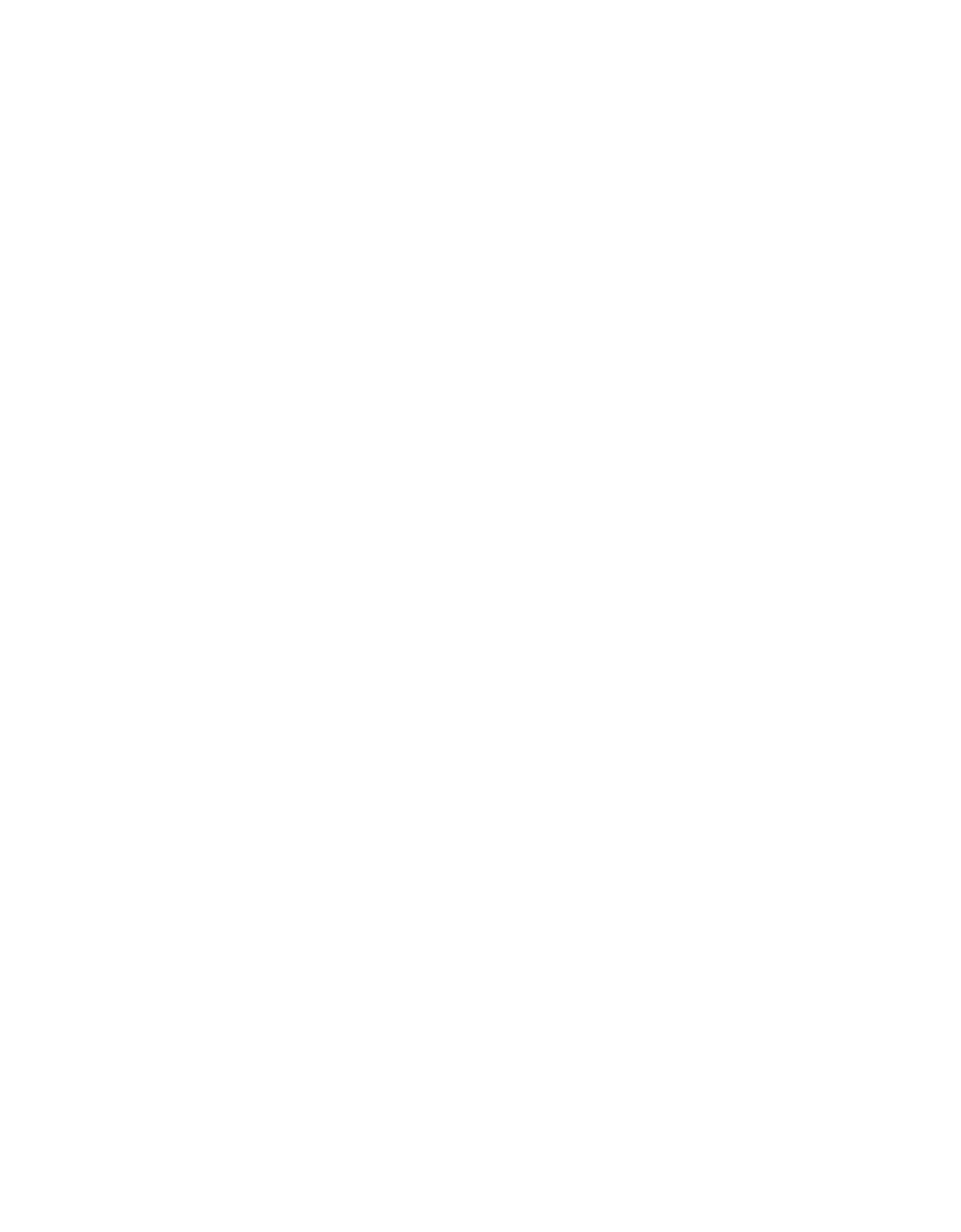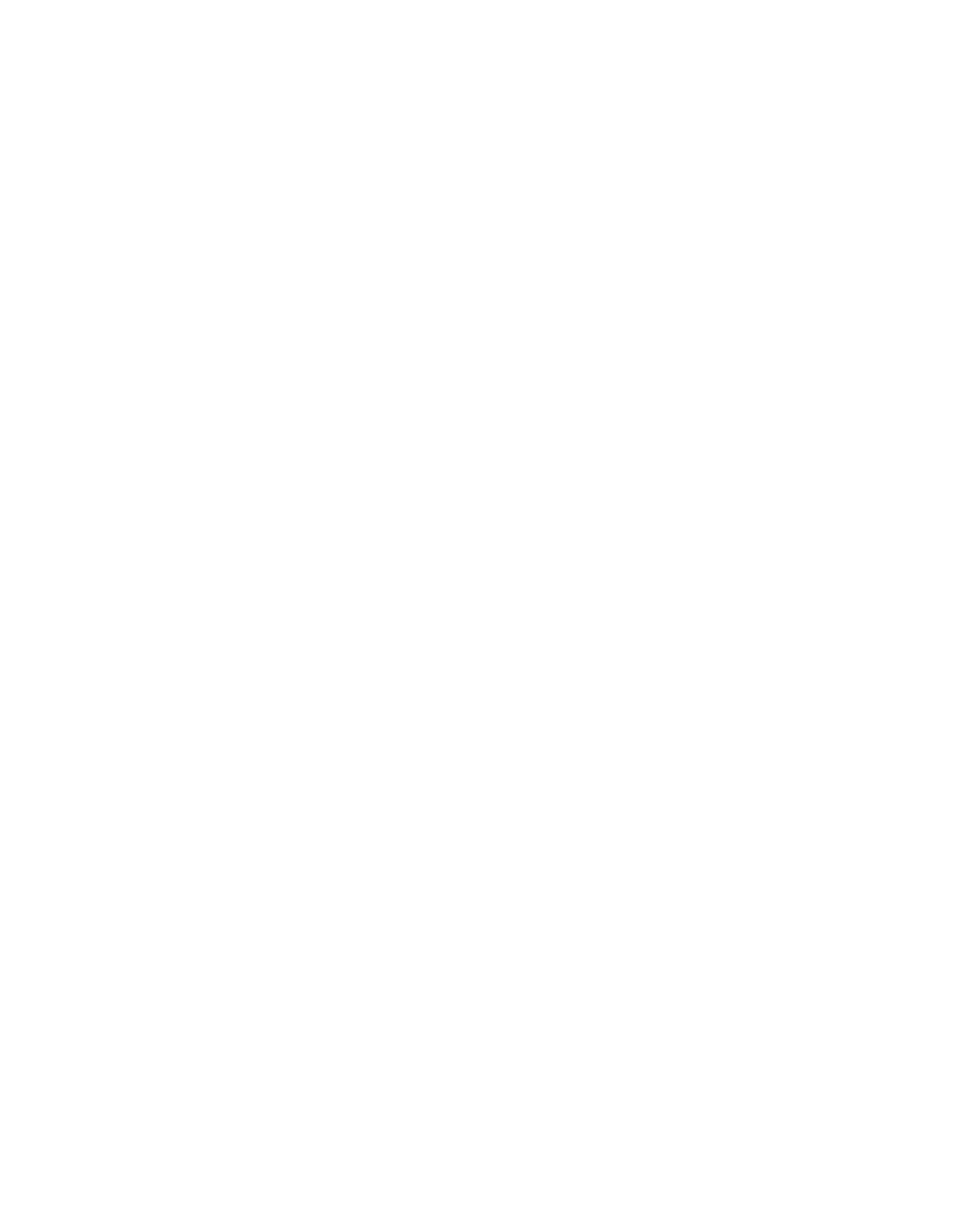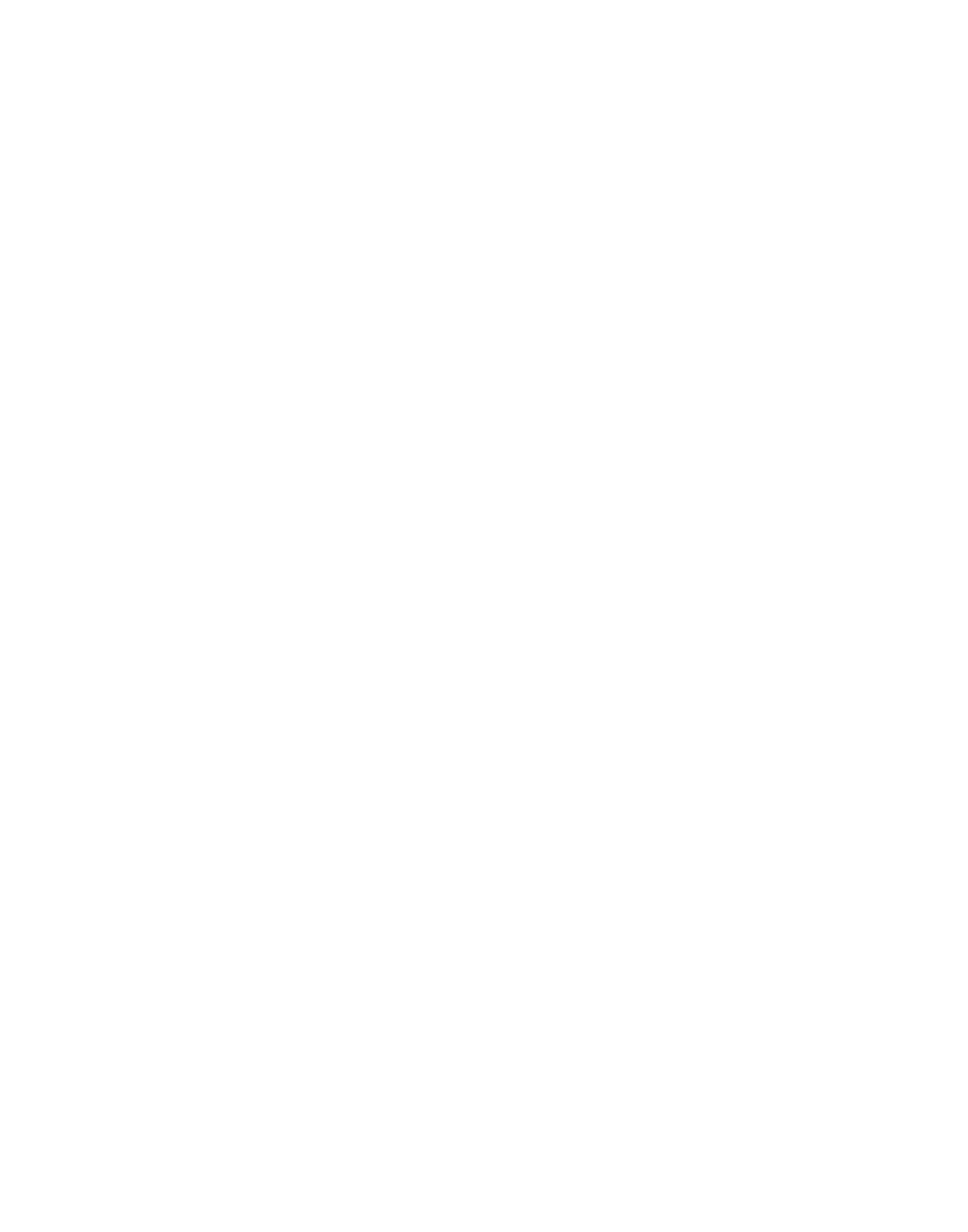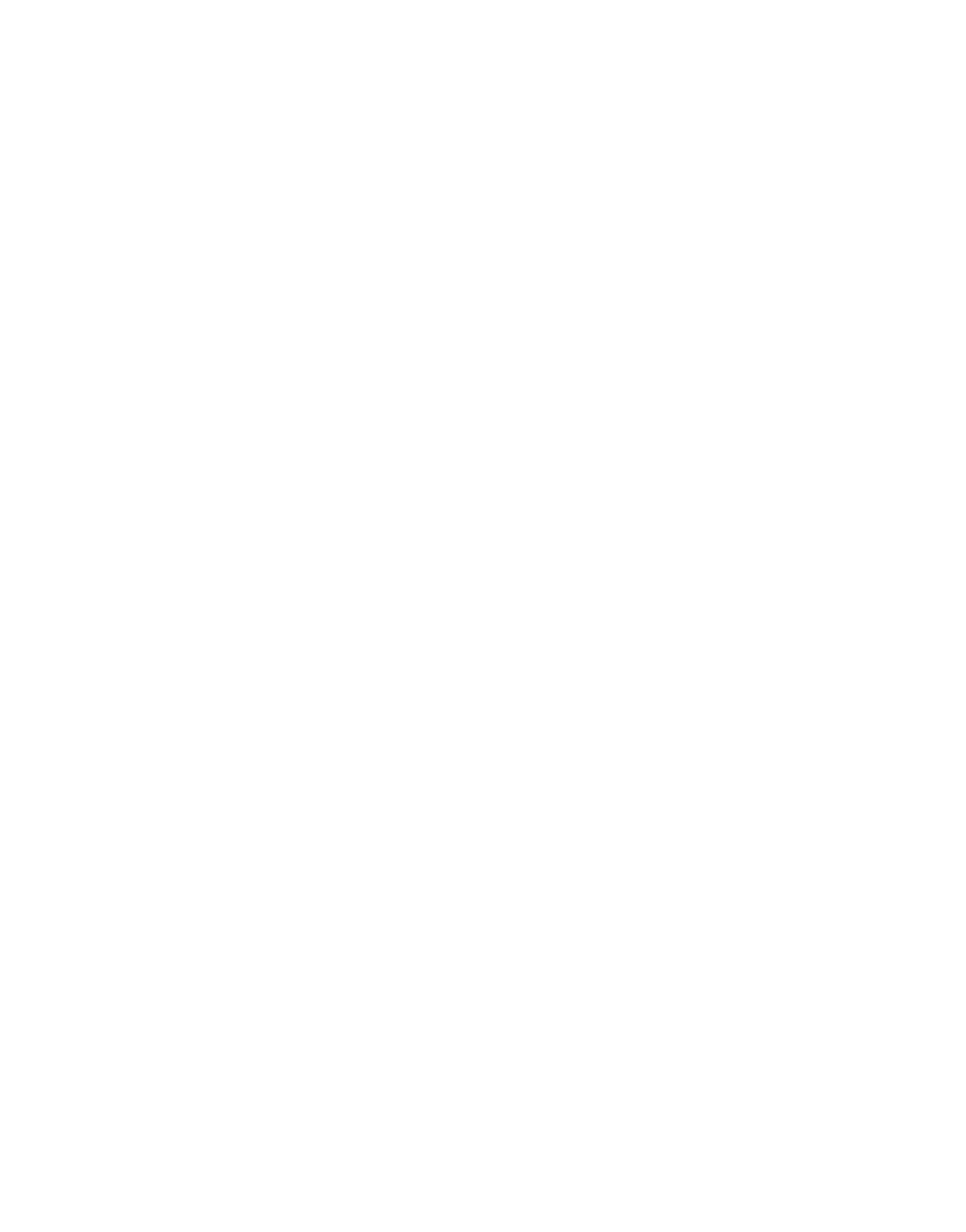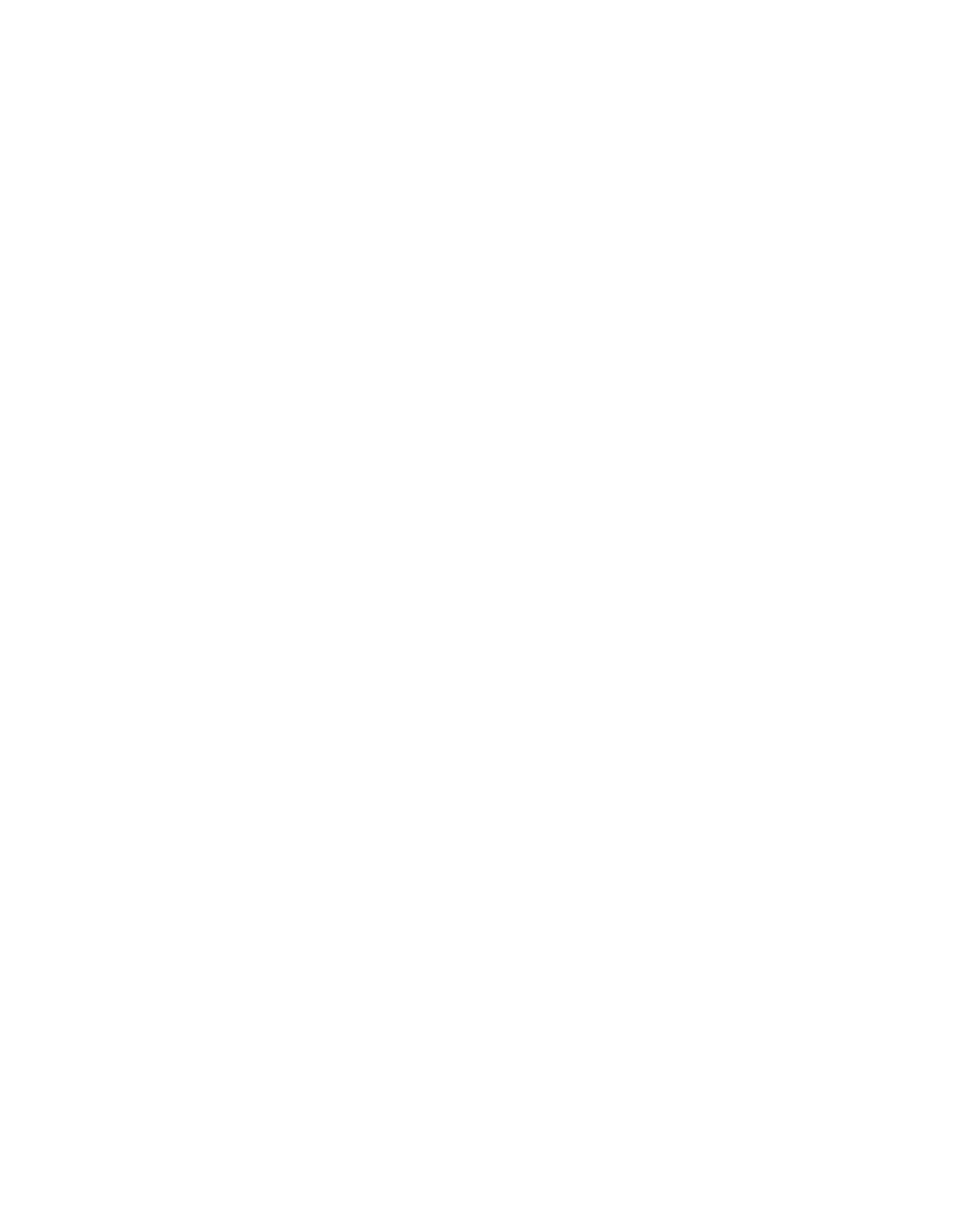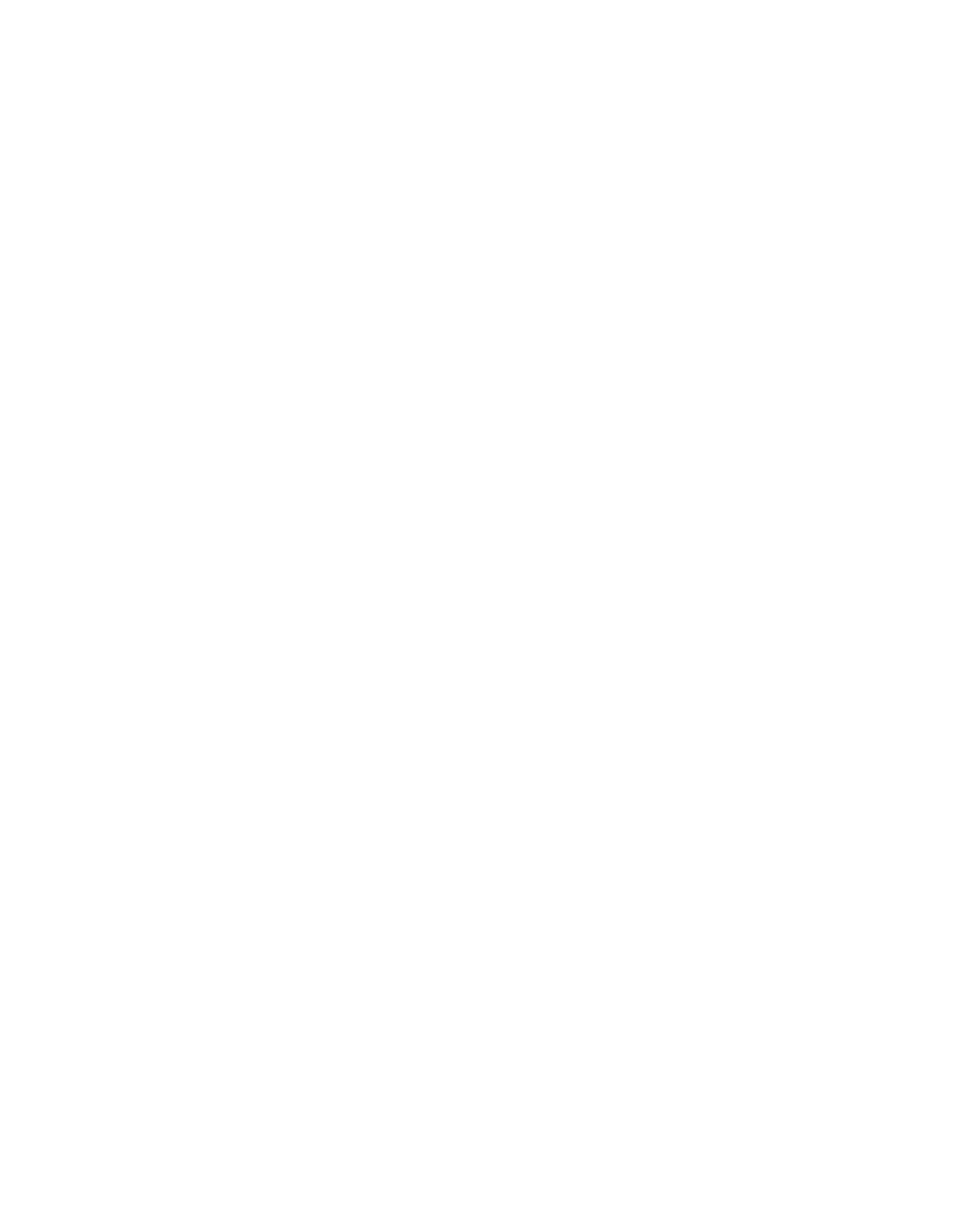ILLINOIS POLLUTION
CONTROL
BOARD
November
25,
1987
IN THE MATTER
OF:
PROPOSED AMENDMEN1~STO PART
)
R86-39
211 AND 215,
LEAKS FROM
SYNTHETIC
ORGANIC CHEMICAL
AND POLYMER
MANUFACTURING
EQUIPMENT
ADOPTED RULE.
FINAL ORDER
OPINION
AND ORDER OF
THE
BOARD
(by
J.D.
Dumelle):
This matter comes before the Board upon
a September
23, 1986
proposal for
the adoption of amendments
to
35
Ill. Adm.
Code
211
and 215 filed
on behalf
of the Illinois Environmental Protection
Agency
(Agency).
The proposal was accepted and authorized for
hearing
by order
of September
25,
1986.
Hearings were held
on
February 25, 1987
in Springfield and March
11,
1987
in Chicago.
The Agency filed an amended proposal
on April
13,
1987 and
a
second amended proposal
on May 4,
1987.
The Department
of Energy
and Natural Resources filed
a negative declaration on June
1,
1987 and the Economic and Technical Advisory Committee concurred
with
that declaration on June
10,
1987.
The overriding
basis of
this proceeding
is
to correct
deficiencies
in the Illinois State
Implementation Plan
(SIP)
which have been
identified
by the United States Environmental
Protection Agency (USEPA).
Section 172
of tne Clean Air Act
requires the
state
to impose the use
of reasonably available
control
technology
(RACT)
on existing sources
in non—attainment
areas.
On May 19,
1978 USEPA gave notice at
43
Fed.
Reg.
21673
that the SIP must include,
at least for major urban areas,
enforceable regulations reflecting the application of RACT
to
those
stationary sources
for ~.ihichUSEPA has published control
techniques guidelines
(CTGs)
since
1978.
In August of
1981 a CTG
entitled “Control
of Volatile Organic Compound Fugitive Emissions
for Synthetic Organic Chemical, Polymer and Resin Manufacturing
Equipment” was published
in draft form and subsequently made
final.
In 1982 the Agency proposed regulations
in R82—14
to
the
Board which were subsequently adopted
in
a revised form and
submitted
to USEPA as
a SIP revision.
USEPA
reviewed
the
rules
and
concluded
that
the
rules
regarding
leaks needed major
revision
in that the rules allowed
excessive emissions
and do not represent
a quarterly leak
detection and repair program.
The present rules
are intended
to
remedy the cited deficiencies.
83—2 15
—2—
ISSUES
No adverse comments were presented during the merit hearings
regarding
the bulk
of the proposed rules.
Issues
arose,
however,
in five areas:
the geographic coverage
of the rule,
the
definition
of
“Identification,” the inconsistency between Section
215.431(d)
and 215.432(i)
regarding
the exemption
for ball and
plug valves,
and the requirement
of Section 215.437(c)
of
closed
purge or closed vent systems
for sampling connections.
The Board
adopted
the First Notice Opinion and Order
on July 16,
1987.
1.
Geographic Coverage
Mr. Wierdak
of Amoco Chemical Company testified that he
believed that Will County should not
be included within the
geographic coverage of these
rules
because
dill County
is an
ozone attainment
area,
and that inclusion of Will County
is fiot,
therefore,
required by the Clean Air Act.
(R.
97—99).
Further,
upon a motion of Stepan Cnemical Co.
at
the March
11,
1987
hearing,
the testimony of Mr. Erwin Kauper,
a certified
consulting meteorologist, which was presented
at the April
24,
1987, hearing
in R86—18, was incorporated into this
record
in an
apparent attempt
to demonstrate that Will County emissions do not
contribute
to ozone violations.
That
testimony appears
at 1034—
1106 of
the April
24,
1987 hearing.
Mr. Forbes of tne Agency,
however,
testified
that Will County should
be
included since
it
is part
of the SIP area,
that emissions from the County impact
the ozone
air quality of the region,
and that the emissions
reductions from application of RACT
to sources
in Will County
have been included
in previous analyses and are necessary to
demonstrate attainment of
the National Ambient Air Quality
Standards
(NAAQS).
(R.
15—16).
The
Board considered
the geographic applicability of
the
RACT rules
in several recent opinions:
R82—l4, April
19, 1987 at
4—5;
R82—l4, April
30,
1987
at 21—22;
R85—2l(A),
May 28, 1987
at
21—22;
and R86—l2, May 28,
1987 at
4.
In each
of these,
the
Board indicated that
it would follow the Agency’s proposal
that
the RACT regulations be applied
to Cook,
DuPage,
Kane,
Lake,
Macoupin,
Madison, McHenry,
Monroe,
St. Clair
and Will
counties.
All except McHenry and Will are presently designated
as non—attainment for ozone.
The state
is
required
to have an approved SIP for ozone,
and
it
is already late
in that effort.
On the one hand,
the Agency’s
proposal appears
to be federally approvable;
on the other hand,
there are serious questions
as
to wnether
an attainment
demonstration could
be made
if Will County were not
to be
subject
to the proposed rules.
As
set forth
by Steve Rothblatt, Chief,
Air and Radiation branch of USEPA,
in order
to exclude Will
County
from the proposal,
“USEPA would have
to ~e convinced that
emissions from
Will
County
do not contribute
to the emissions
83—216
—3—
which
lead
to the violations of
the ozone standard found
in and
downwind of the Chicago area.
In addition,
it would be necessary
for the state
to prepare, adopt
and submit
a SIP revision which
includes
a new EKMA analysis
which
would have
to reflect new
values
for various parameters which would
be affected by the
reduction
in analysis area.
(Attachment to Agency comments,
Rothblatt letter at 2),
Furthermore,
if Will County
is excluded
from coverage,
a “completely revised set
of input data would be
required”
and the delay which would
be required for such an
analysis
and review by USEPA may well
subject Illinois’
program
“to various additional requirements currently under development
by USEPA.”
(id.)
That is,
by
the time such
a reanalysis could
be completed,
USEPA may well have revised
its procedures for
approval,
thus
requiring additional
support.
Ozone levels recorded during
the
1987
ozone season appear
to
demonstrate the prudence of
including
some attainment counties
under
the coverage of these
rules.
Dr. Rao of the Board’s
Scientific/Technical
Staff introduced two exhibits at
a June 30,
1987 hearing
in R86—37 containing preliminary details
of the 1987
exceedences
of the NAAQS
for ozone based upon monitored data.
The Board,
on
its own motion, made
those same documents exhibits
in this proceeding.
The first document
(Exhibit 10),
entitled
“1987 Illinois
Ozone Excursions Above the NAAQS Level
of 120 ppb,”
consists of
a
table showing
the date and location
(city and county)
of
monitoring sites along with measured values of the ozone
concentration.
This table was compiled by the
Scientific/Technical
Section
(STS), using the information
provided by Bob Swir-iford
and Will Flowers from the Illinois
Environmental Protection Agency (Agency).
Dr. Rao from the STS
has spoken with the Agency personnel on
a number
of occasions
to
update the
table which includes data up
to July 15,
1987.
Bob Swinford provided the second document
(Exhibit 11),
which
is
a summary report generated by the Agency using data from
the ozone monitoring sites
in Illinois.
This report,
updated
June
22, 1987,
is similar
to the earlier described
table, but in
addition also shows
1) the number
of excursions
that have
taken
place at each location;
2)
the date and location of sites with
measured ozone concentrations between
120
and 125 ppb which have
been labeled unhealthful pollution standard
index
(PSI)
days; and
3) dates and regions where ozone advisories were issued along
with the monitor which triggered the event.
Given
the Board’s findings, as expressed
in the first notice
opinion, concerning
the sufficiency of the Kauper testimony, the
Board concluded that there was
no reasonable likelihood of
demonstrating attainment based upon reanalysis
of the ozone SIP
without including Will County.
Since
the failure
to demonstrate
attainment would
result
in disapproval of the SIP and the state
83—217
—4—
is
required to have an approved
SIP,
the Board proposed
that
these
rules be applicable to the ten counties proposed.
2.
Definition of Identification
Section 215.431
requires development of
sri inspection
program plan which
is
to include
a description
of the methods
to
be used
to identify all components
under
the plan “such
that they
are obvious
and can be located
by both plant personnel performing
monitoring
and Agency personnel performing
inspections.”
(Section 215.431(d)).
Mr. Wierdak of Amoco testified that the
proposed wording
is unclear
and
he
is apparently concerned
that
it may be interpreted
to require
field markings.
(R.
99).
Mr.
Wierdak proposed language
to ensure that
a listing
of all
components
and locations,
accompanied by appropriate piping flow
diagrams showing
the components would
be acceptable.
(id).
The
Agency responded
in
its comments that it believes that present
wording
is sufficiently clear.
(Agency Comments
at
2).
The Board agreed with
the Agency that the proposed language
is sufficiently clear.
Actual tagging
is not required by the
proposed rule:
any identification system which allows
for readily
locating any individual component meets
the requirement.
While
Amoco’s proposed language would clarify
the acceptability of one
method
of compliance,
it could
be interpreted
to limit other
methods.
The Board therefore,
proposed
the Agency’s language.
3.
Ball and Plug Valves
Mr. Wierdak also pointed out a conflict between
Section
215.431(d)
and 215.432(i).
(R.
101—102).
He correctly noted
that the former
section states that “ball
and plug valves
are)
exempted under Section 215.432(i),” whereas the latter section
contains no such exemption.
He, therefore,
recommends that the
latter section be
revised
to be consistent with the former
section.
The Agency amended
its proposal
to make the two sections
consistent in its Second Amended Proposal.
It eliminated the
reference to
a ball
and plug valve exemption in Section
215.431(d)
rather then revising 215.432(1).
The exemption
of
ball and plug valves was
a cited deficiency of
the present rules,
and the Agency’s revision
is consistent with the intent of
proposal, while Mr. Wierdak’s suggested
revision
is
riot.
Other
than citing the need
for consistency,
no testimony has been
presented
in this record
in support of retaining
a ball
and plug
valve exemption.
The Board, therefore, proposed the Agency’s
amended language.
83—218
—5—
4.
Sampling Connections
Mr. Wierdak also testified against the adoption of Section
215.437(c)
concerning
sampling connections.
(R.
101—102).
He
testified
that “the difficulty
and costs associated with
retrofitting existing process sample points with these systems”
does not warrant regulation.
The Agency disagreed stating
that
“while it
is
true that the CTG does not,
in fact, contain the
requirements included in proposed rule 215.437(c),
the Agency
believes
that 215.437(c)
constitutes
RACT”
in that the
cost of
compliance
is reasonable.
(Agency Comments at
3—4).
Using federal background information,
the cost of compliance
is stated
to be $535/ton
in
1980 dollars for new systems
arid
~869/ton for retrofitting.
(Agency Comments at 3—4 and see
Attachments A and B to Agency Comments).
Using an
inflation
adjustment
factor
of 1.34, the cost effectiveness
in 1986 dollars
for retrofitting
is $1,165/ton with total reductions
in Illinois
of 263 tons/year.
(Agency Comments at
4 and
Ex.
5,
Tables 2—1,
2—2 and 4—1).
The Agency argued that the cost of control
is
reasonable
and that its proposal should be adopted.
The Board
agreed.
The only cost figures
in this proceeding
are those cited by
the Agency above.
Wierdak’s testimony is
really nothing more than
an argument that
since the CTG does not
cover sampling connections,
the proposed
rule should not be
adopted.
The Board, however,
is
riot constrained
to adopt only
those regulations contemplated by
the CTG.
Given the difficulty
the state
faces
in achieving timely compliance with the ozone
standard,
where,
as here,
unrebutted testimony
is
presented
showing that significant reductions
in VOC’s can be obtained at
a
reasonable cost
to the regulated community,
the Board would be
remiss
in not proposing the adoption of
such
a rule.
The Board
therefore,
proposed the
rule as submitted by the Agency.
FIRST NOTICE HISTORY
On July 16,
1987,
the Board
proposed the amendments
to 35
Ill. Adm.
Code
211 and 215 for
First Notice.
On August
6,
1987,
the Board
adopted two sets of corrections
to the July
16,
1987
Order:
(1) Sections 215.420 through 215.428 were recodified
to
become Sections 215.421 through 215.429, and
(2)
the July 16,
1987,
Order was amended
to reflect the recodification and three
definitions, inadvertently omitted
from the July
16,
1987, Order,
were added.
The proposed amendments were published at
11 Ill.
Reg.
13173 and 13293 on August 14,
1987.
The statutory 45—day
comment period ended
on September
28, 1987.
Non—substantive
comments were received
from the Secretary of State’s
Administrative Code Unit regarding form
and format of the
proposed
rules.
Those changes were made
at second notice.
Three
substantive comments were received during the first notice
period.
The Agency filed
its comments on September 28,
1987.
83—219
—6—
The Stepan Company (Stepan)
also filed comments on September 28,
1987.
On October
1,
1987,
the Illinois Environmental Regulatory
Group
(ERG)
filed
its comments with
a motion
to file instanter.
The
motion
to file
instanter was granted by Hearing Officer
Order.
The comments focused on
a number of
issues, each of which
will be addressed
in
turn.
1.
Definition of uComponentN
All three commenters objected to the last sentence of the
definition of component proposed at
first notice.
In the first
notice order, the Board adopted
the language from the Agency’s
Second Amended Proposal,
which
read as
follows:
Except for Subpart
Q,
this definition excludes
valves
which
are
not
externally
regulated,
flanges
and
equipment
in
heavy
liquid
serv ice
.“
In its comments,
the Agency suggested that the last sentence be
revised
to read:
For
purposes
of
Subpart
Q,
R,
and
U,
this
definition
excludes
valves
which
are
not
externally regulated, flanges and equipment
in
heavy liquid service.”
ERG also argued
that a revision would be
in order
and
suggested this language:
This definition
excludes valves which
are not
externally
regulated,
flanges,
bleed
ports
of
gear pumps
in polymer service
and equipment in
heavy liquid service.”
(The language related
to the bleed ports
for gear pumps
is
addressed below.)
The Agency commented
that the definition must be changed
because
“incorporating
the specific elements
...
needed for the
SOCMI
rule
into the
present definition of component,
the Board
erred.”
The Agency noted
that the Control
Techniques Guideline
(CTG)
for this category
(Ex.
5)
excludes from routine monitoring
flanges, connections,
and equipment
in heavy liquid service,
but
stated that any component
that appears to be leaking should be
repaired.
The Agency believes that the Illinois rule can and
should exclude those pieces of equipment which the CTG
excludes.
In support
of its suggested revision,
the Agency
stated that particular subparts are specified because
it
is
necessary to have flanges, etc., considered components
for
certain other
sections of the rules, such as Sections 215.581(d),
(e) 215.583(d),
(e), and 215.601(c).
83—220
—7—
In its comments,
ERG opposed exempting Subpart
Q from
the
general exclusion of non—externally regulated valves, flanges and
equipment
in heavy liquid service.
ERG argued that flanges,
properly
installed,
have
a very low possibility of leakage,
and
that the Board has recognized this by excluding
flanges from
existing Subpart Q in RACT III (R82—14,
Dockets A and
B).
ERG
argued that equipment
in heavy liquid service
(1)
is
also
excluded by proposed Section
215.430,
(2) by
its nature will not
leak volatile organic material
to any extent and therefore does
not need monitoring,
and
(3)
is not intended
to be covered under
the leak detection program,
as evidenced
by the New Source
Performance
Standard and
the CTG.
As
to valves not externally
regulated, ERG argued that
it
is not logical
to require
a test
for leaks
in
a component which cannot leak unless the component
itself were cracked.
ERG pointed out that
a non—externally
controlled valve has no external stem or packing gland with which
to
test.
ERG also opposed
the Agency’s suggested
revision.
ERG
argued that the considerations
involved
in adding Subparts
R and
U
to
the exclusion are not a subject of this proceeding and are
not established
in the record.
The Stepan Company
also suggested
that the exception
for
Subpart Q
in the last sentence of the definition of component be
eliminated.
Stepari’s position was founded
on its belief that
emissions
from components,
including flanges,
in heavy liquid
service would
be minimal.
In response
to the comments,
the Board deleted
the language
added
to the last sentence of the definition of component
proposed at first notice.
The Board was persuaded
that valves
not externally regulated,
flanges, and equipment
in heavy liquid
service merit
the general
exclusion.
The Board was also
persuaded that the Agency’s suggested revision
is not established
by the record
and, furthermore,
is not necessary.
The definition
of “component”
as
it presently exists
in Section
211.122 excludes
flanges, etc.,
for purposes of all subparts.
The Agency’s
specification of Subparts
Q,
R, and
U not only gives nothing more
to Subpart Q but also affects all
the other subparts
in
a manner
clearly not intended by this proceeding.
The Agency also suggested that
a provision be added
to
conform
to the CTG requirement of repairing
leaks which are
otherwise excluded from the monitoring requirements of the
rule.
The Agency stated that the best place
for the proposed
subsection would be
in proposed
Section 215.432, after subsection
(f)
and before Subsection
(g),
as
a new Subsection
(g).
The
Agency suggested the
following:
83—221
—8—
~
Routine
instrument
monitoring
of
valves
which
are
not
externally
regulated,
flanges,
and
equipment
in
heavy
liquid
service
is
not
required.
However,
any
valve which
is
not externally
regulated,
flange,
or
piece
of
equipment
in
heavy
liquid
service that appears to be leaking
on
the
basis
of
sight,
smell
or
sound
should
be repaired as soon
as possible.
The Board agreed
in substance and
added language to Section
215.432 for second notice.
The Stepan Company offered additional comment on the
definition of component.
First, Stepan stated that process
drains should
be deleted
from the definition
“because
the
regulations
already
require
capped sample
lines
and
no
leakage from pumps
which
would
minimize
the
flows
into
process
drains
and
thereby
the
need
for
leak
testing
process drains.”
Also, Stepan stated,
if drains are capped, potentially explosive
vapors could accumulate
in the closed pipe causing
injury.
Finally,
Stepan asserted that the final USEPA CTG drops
all
reference to process drains as
a fugitive emission
source.
The Board was not persuaded
to delete the reference
to
“process drains”: Stepan’s comments were not supported by the
record.
Stepan also suggested that
a comma
be inserted after the
word “flanges”
in the last sentence of the definition
to clarify
that flanges are excluded and not flanges
in heavy liquid
service.
The Board
added
the comma
in
the definition proposed for
second notice.
2.
Compliance Date
The Board’s first notice order noted
the concerns regarding
the date
for compliance with the proposed rules and requested
comment on this issue.
The Stepan Company proposed that
compliance begin December
31,
1988 or one year after
the adoption
of the regulations, whichever
is earlier.
Also,
Stepan urged
that language be added
to each section stating “Compliance will
be demonstrated
by the completion
of
at least one monitoring
period by that date.”
Stepan argued that this language allows
facilities additional
time for compliance while demonstrating
to
USEPA
(1)
that regulated facilities are taking reasonable
83—222
—9-.
progress toward compliance and
(2) that Illinois
is achieving the
attainment of the ozone standard with this
SIP.
ERG, noting
the Board’s
“dilemma” in attempting
to balance
the rigorous statutory deadlines imposed by USEPA with the
mandate
in Section 27
of the
Illinois Environmental Protection
Act
(Act)
to adopt regulations which are technically feasible and
economically reasonable, proposed
to define compliance as having
a modified leak inspection
and repair program
in place by
December
31,
1987, which program requires actual
field
inspection
and repair activities
to begin no later
than July
1,
1988.
ERG
argued
that this change would
allow sufficient
time for
facilities to comply with the proposed rule,
as well as
demonstrate that Illinois
is making reasonable further
progress
towards attainment of the ozone standard.
The Agency objected
to ERG’s suggested approach.
The Agency
noted
that
the mere
filing
of
a “compliance plan” does not change
the effective date of the rule for Clean Air
Act purposes.
Also,
the filing of the plan would
add
a “bureaucratic step”
to the
process without giving the Agency any control
or power
to reject
sufficient plans.
The Agency further noted
the Board’s decision
on this issue
in
its Second Notice Opinion
in R85—21
(Docket
B)
which
stated:
The
CAA
requires
that
RACT
rules,
including
that
proposed
here,
be
in
place
by
December
31,
1987.
Jefferson Smurfit
(PC
#4,
#27—31)
and
Printpack,
Inc.
(PC
#25)
have
questioned
whether
it
it
realistic
to
expect
compliance
by
this same
date,
given
its
immediacy.
The
Agency contends, however,
that many facilities
have
already
begun
implementing
compliance
plans
(R.
at
657),
and
that
presumably
therefore compliance
by
December
31
will
not
constitute
a general hardship.
Jefferson
Smurfit
(PC
#4,
*12,
#28,
#29)
and
Printpack,
Inc.
(PC
#25)
have
suggested
as
a
remedy
that
there
be
a
provision
in
the
rule
which
allows
facilities
from
one
to
three
years
after
USEPA
approval
to
come
into
compliance.
However,
the
Board
does
not
believe
that
this
is
a viable
option because
there
is
no
apparent authority
for
the
Board
to
adopt
a
rule
which
features
a
compliance
extension
beyond
the
CAA
December
31,
1987,
deadline.
The
Board
can
only
note
for
the
record
that
facilities
unable
to
meet
the
compliance deadline can petition the Board
for
variance pursuant
to
Ill.
Rev.
Stat.,
ch.
111
1/2,
par.
1035
et
seq.
and
35
Ill. Mm.
code
83—223
—10—
104.
However,
in
so
saying,
the
Board
cautions
that
it
is
uncertain
that
variance
can be granted
under
the CAA.
The Agency also noted that the
issue
of the deadline
is somewhat
tempered by the fact that the rule imposes
a quarterly inspection
program.
If the rule is effective December
31,
1987,
the first
quarterly report will not be due until March
31,
1988.
The Board believed that the proper course
is that outlined
in R85—23.
(Docket
B):
The Board will not adopt
a rule which
includes
a compliance extension beyond
the CAA December
31, 1987,
deadline.
As
in R85—2l,
the Board
noted that facilities unable
to meet the deadline can petition for variance;
however,
the same
caveat applies.
3.
Bleed Ports of
Leak
Pumps
In Polymer Service
In its comments, ERG stated that
it recently became aware
that certain kinds
of equipment in VOC service are
“designed”
to
“leak”
safely,
but cannot be economically retro—
fitted or
repaired.
As
ar-i example, ERG cited bleed ports of gear pumps
commonly employed
in manufacturing polymers, such as
polystyrene.
ERG described this type of
equipment as follows:
The
shaft
seals
for
these
gear
pumps
use
the
viscous
polymer
solution
for
lubricating
the
shaft, and
this lubricating fluid flows out of
the
seal
through
ports.
Upon
exposure
to
atmosphere,
the
polymer
solution
freezes
and
extrudes
out
of
the
port
in
strands.
At
the
exit
port,
VOM
concentrations
may
exceed
10,000 ppmv.
The shaft
seals on these gear pumps
in polymer
service
are
an
integral
part
of
the
pump
configuration.
The manufacturer
of
the
pump
has stated that it
is not possible
to retrofit
another
seal
design.
Moreover,
simply
plugging the bleed ports will eventually cause
severe
damage
to
the
pumps
and
reduce
their
reliability.
(Note:
IERG
members
have
consistently
achieved
98
annual
service
factor
with
this
design.)
Each
pump
would
cost
more
than
$200,000
to
replace,
and
at
least
one
IERG
member
has
eight
affected
pumps;
another
member
has
three
affected
pumps.
One member estimates that the
cost of
an exhaust system to capture and control these
emissions
at
its
facility
would
be
approximately $~00,000.
IERG believes that
it
is
inappropriate
for
a capital
expenditure
of
83—224
—11—
$200,000
to
$1,600,000
to
stop these
leaks
at
a
plant
whose
total
annual
VOM emissions
are
less than 40
tons per year.
(Comments of
Illinois Environmental Regulatory
Group, filed October
1,
1987,
p•
4—5).
ERG argued that “in these circumstances it is not
appropriate even
to monitor
equipment,
such as these gear pumps,
where
the leaks are built
into the design of the equipment,
the
equipment operates safely,
and
the cost of control
is clearly not
reasonable.”
ERG stated that
it met with representatives of the
Agency
to discuss this issue,
and the Agency requested more
information upon which to
base
its position.
The Agency’s comments noted
the discussions with
ERG and
stated that if the information
it requested is included
in ERG’s
comments and
if the information establishes
ERG’s assertions,
then the Agency would believe
it appropriate
that this narrow
class of components not be considered
to be “leaking”
for
purposes of this rule.
Further the Agency suggested that
if
ERG’s information merits the exemption,
the best solution would
be
to simply state that these
are not leaks,
rather than state
that they are not components.
The Agency suggested adding
such
a
sentence
to Section 215.430.
ERG, however, proposed that the language addressing
this
issue be
included in the definition of “Component”
in Section
211.122.
ERG’s reasoning was that facilities other
than those
identified by ERG,
and possibly located
in attainment counties,
may have similar gear pumps
in polymer service.
The Agency informed the Board by comments filed October 15,
1987,
that although the information submitted by ERG was not
entirely adequate,
it too viewed these emissions as de minimis
and
the cost of replacement unreasonable.
The Agency, therefore,
supported the exemption.
The Board agreed that this type
of equipment merits
exemption from the proposed
regulations.
The Board was persuaded
that the proper location for this exemption
is
in the definition
of “Component”
in
Section 211.122.
Located
in this definition,
this equipment will be excluded from coverage
in both attainment
and non—attainment areas.
Exclusionary language therefore was
included
in the definition of component at second notice.
The Stepan Company commented on several other aspects of the
first notice order.
First, Stepan suggested that a section
be
added either
in the definition of
“component”
or
in Section
215.430 to indicate that the leak inspection requirements cover
only those components involved
in the SOCMI manufacturing areas
which process more than 4033 tons of gaseous and/or light liquid
83—225
—12—
VOM’s per year, and not all other light liquid components within
the plant.
Also,
Stepan commented
that equipment handling heavy
liquid chemicals should be exempt from the definition since
the
low pressure of these chemicals should allow
for collection
and
processing through wastewater treatment facilities or as
a solid
waste.
The Board was not persuaded that the record establishes
justification for amendment
to the definition of “component”
beyond
that discussed above.
Second, Stepan suggested
that
a definition of
“Light
Liquids” be added
to Section 211.122.
Stepan’s only
Justification for such
a definition was that USEPA’s CTG for
control
of VOC leaks
from SOCMI includes such
a definition.
The
Board
was not persuaded.
The Board
is not required
to adopt
regulations
identical
in substance
to the
USEPA CTG for control
of VOC leaks from SOCMI.
Third,
Stepan suggested that the definition of heavy liquid
include
a vapor pressure limit,
such as 0.0019 psi, below which
materials would not be regulated.
Stepan asserted that such
a
limit is necessary
to reduce the cost burden on regulated
facilities, since very low vapor pressure
liquids would have no
significant
impact on air quality.
The Board did not find the
record sufficient
to justify Stepan’s assertions.
Stepan had not
provided any estimates
to demonstrate
the anticipated cost burden
on regulated facilities.
Further, Stepan offered
no evidence
to
establish what impact low vapor pressure liquids will have on air
quality.
Fourth,
Stepan suggested that amendments be made to proposed
Section 215.421
to define
a leak as an instrument reading and
to
exclude process units at
a
facility which
do not manufacture
synthetic organic chemicals or polymers,
Stepan’s only
justification for defining
a leak as
an
instrument reading was to
assert that under the regulation as proposed,
“a leak detection
instrument would
(1)
have to be calibrated~foreach organic
compound or
(2)
require
a response factor
to be derived
for each
compound relative to the calibration gas and each instrument
reading subsequently multiplied
by that factor
to determine the
hydrocarbon concentration, which
is confusing and time consuming,
could delay compliance and may make compliance difficult to
determine.”
Stepan offered
no justification for
the exclusions
it proposed.
The Board
found little support
in the record
for Stepan’s
assertions.
Therefore,
the Board did not accept Stepan’s
proposed changes.
The Board
noted that a facility unable or
unwilling to comply with the proposed regulations has the option
to petition
for variance or seek
a site—specific rule.
83—226
—13—
Fifth,
Stepari proposed amendments
to Section 215.432 as
follows:
b)
Test quarterly e~ e~e~pfes~ei~e~
Yve~
~
g~
~erv~ee
pumps
in
light
liquid
service,
valves
in
light
liquid
ser~ee
and
4t~
gas
service,
and
compressors.
f)
Test any pressure relief valve initially
and
thereafter
within
24
hours after
it
has vented
to the atmosphere.
i)
Any component that is
in vacuum service,
pressure
relief devices connected
to an
operating
flare
header,
er
vapor
recovery
devices
or
open—ended
valves
are
exempt
from
the monitoring
devices
in this Section.
Stepan argued that the requirement
that workers monitor and
annually test components which are “unsafe”
to monitor routinely,
unnecessarily exposes employees
to hazardous situations and
exposes employers to unreasonable liabilities.
Stepan argued
that because
of the small number
of such “unsafe” components
annual testing
is unnecessary,
and
if required at all
should be
conducted when monitoring
is safe.
As
to the deletion of
the
quarterly testing requirement
for pressure relief valves
in
gaseous service, Stepan argued that if
a pressure relief valve
is
tested initially and found not to leak there
is a substantial
likelihood
that the valve will not leak until
it relieves and
does not properly reset.
Stepan proposed exemption of open—ended
valves
“due
to the fact that open ended valves are required to be
capped or plugged.”
Stepan asserted that leakage around the
valve seated surface
is unlikely and,
if at all, de minimis.
Based on
the existing record,
the Board did not adopt
Stepan’s suggestioPs.
Stepan had not adequately justified
its
assertions.
As previously noted,
a facility unable or unwilling
to comply with the proposed regulations may seek relief through
other means.
Finally,
the Board made non—substantive typographical
changes throughout the text of the proposed amendments.
Also,
proposed Sections 215.420 and 215.430 incorporated certain
materials by reference.
Language was added
to indicate that the
materials are formally incorporated, pursuant
to Section 6.02(a)
of the Illinois Administrative Procedure Act and
1 Ill.
Adm. Code
220.760, in Section 215.105.
83—227
—14—
SECOND NOTICE CHANGES
On October
15,
1987,
the Board adopted an
Opinion and Order
sending the proposed amendments
to Second Notice for review by
the Joint committee on Administrative Rules
(JCAR).
the Second
Notice period commenced on October 22,
1987.
The JCAR staff
suggested several non—substantive changes,
all of which have been
incorporated in
the Final Notice Order.
At
its November
19,
1987
meeting, JCAR formally objected
to the amendments
to Parts
211
and 215 insofar
as the regulatory flexibility analysis
is
concerned.
The JCAR objection was based on its belief that “not
applicable” was an inappropriate response
to
the regulatory
flexibility analysis question.
The Board, by Resolution also adopted today, has declined
to
modify the rulemaking
so as
to comply with the JCAR objection.
Although “not applicable” may not be an appropriate response, the
Board believes that the response will have no adverse effect and,
further, that final action must be taken to comply with deadlines
imposed by the Clean air Act
(42 CFR U.S.C.
7401 et seq.).
Notice of the refusal
to modify will be submitted
to JCAR and to
the Secretary of State for publication
in the Illinois Register.
All
of the non—substantive changes recommended by JCAR have
been adopted.
Specific changes are as
follows:
Section 211.122:
“35 Ill.
Adm. Code
215” was added
after Subpart
Q in the final sentence.
Section 215.431:
In Subsection
(c), “pursuant to Section
215.432” was changed
to
“when complying with Section 215.432.”
Section 215.432:
In
the introduction, the language “utilizing
the test methods specified
in Reference Method 21,
40 CFR 60,
Appendix A
(1986), incorporated by reference in Section
215.105”
was added
to clarify the methods
to be used to conduct
a
component inspection program.
In Subsection
(i),
“in bright
colors such as red or yellow” was added to clarify
a readily
visible tag.
Section 215.434:
In Subsection
(c),
“prior
to or at the time of
inspection pursuant
to Section 4(d)
of the Environmental
Protection Act” was added after “written request.”
Section 215.435:
Language was added
to clarify that quarterly
reports shall
be submitted
“on or before March
31,
June
30,
September
30 and December
31
of each year.”
Section 215.436:
Language was added
to clarify “equivalent
ability.”
33—223
—15—
Section 215.437:
In subsection
(c),
“shall” was added
in both
(1)
and
(2),
and
“VOM” was
changed
to “volatile organic
material.”
ORDER
The Clerk of the Pollution Control Board
is directed
to
submit the following adopted rule to the Secretary of State
for
Final Notice:
TITLE
35:
ENVIRONMENTAL PROTECTION
SUBTITLE
B:
AIR POLLUTION
CHAPTER
I:
POLLUTION CONTROL BOARD
SUBCHAPTER
c:
EMISSION STANDARDS AND LIMITATIONS
FOR STATIONARY SOURCES
PART 211
DEFINITIONS AND GENERAL PROVISIONS
SUBPART
A:
GENERAL PROVISIONS
Section
211.101
Incorporations by Reference
211.102
Abbreviations and Units
Section 211.122
Definitions
“Component”:
Any piece of pe
e~e~m
~ef~?tet~yequipment
which has the potential
to leak volatile organic
material
including, but not limited
to, pump seals,
compressor seals, seal oil degassing vents, pipeline
valves, pressure relief devices,
process drains and open
ended pipes.
This definition excludes valves which are
not externally regulated, flanges, and equipment in
heavy liquid service.
For purposes of Subpart Q
(35
Ill.
Adm. Code 215),
this definition also excludes bleed
ports
of gear pumps
in polymer service.
(Source:
Amended
at
Ill. Reg.
,
effective
__________
PART
215
ORGANIC MATERIAL EMISSION STANDARDS AND LIMITATIONS
SUBPART
A:
GENERAL PROVISIONS
Section
215.100
Introduction
215.101
Clean—up and Disposal Operations
215.102
Testing Methods
215.103
Abbreviations and Conversion Factors
215.104
Definitions
83—229
—16—
Section
215.420
215. 421
215.422
215.423
215.424
215.425
215.426
215.427
215. 428
215.429
215.430
215.431
215.432
215.433
215.434
215.435
215.436
215.437
215.438
SUBPART
Q:
LEAKS FROM SYNTHETIC ORGANIC CHEMICAL AND
POLYMER MANUFACTURING EQUIPMENT
Applicabilit~6ei~e~e~
Re~ re~e~~
~Reee~4f~e~+
General Requirements
Inspection Program Plan for Leaks
Inspection Program for
Leaks
Repairing Leaks
Recordkeeping
for Leaks
Reporting for Leaks
Alternative Program for Leaks
Compliance Dates ~
6ee~ pI~ee3~t’eee
Compliance Plan
General Requirements
Inspection Program Plan for Leaks
Inspection Program for Leaks
Repairing Leaks
Recordkeeping for Leaks
Report
for Leaks
Alternative Program for Leaks
Open—Ended Valves
Compliance Plan
Section 215.104
Definitions
~eefflpe~er~’~Arty p~eeee~e~~pmen~
w~4e~he~
pe~e~e~~e ~e&~ ~e~et4~e orge~e
n~e~erte~e~dtrt~
b~ ne~~i~4~ed
~O7
~
~ee~7
eo
~eeee~
eea4s7
see3
e~ ~e~ese4ng
~‘et~~7p~pe~~eve~ves7prees~e feef
de~4ee~7
preee~ d~e~n~
en~
epen ended p4pes~ Th~
~en~&~en
e~e~~es ~
wI~eh
e~ene~ex~ern~~y
reg~e~e~7
?i~fl~e57end e~4pmen~.
4n l~eevy~
~er~ee~
Fer pt*rpose~ef S~bper~~
th4~
e~eexe~de~~
end
~
~
“In Vacuum Service:”
For the purposes of Subpart Q,
Sections 215.430 through 215.438 equipment which
is
operatiny at an internal pressure that is at least
5 kPa
(0.73 psia) below ambient pressure.
“Open—Ended/Valve”:
Any valve, except pressure relief
devices,
having one side of
the valve
in contact with
process fluid
and one side open to
the atmosphere,
either directly or through open piping.
215.105
215.106
215. 107
Incorporations by Reference
Afterburners
Determination of Applicability
33—230
—17—
“Repaired”:
For
the purposes of Subpart
Q,
Sections
215.430 through
215.438 equipment component which is
adjusted,
or otherwise altered,
to eliminate
a leak.
(Source:
Amended at
Ill,
flog,
efFective
_____
Section 215.420
ApplicabIlity
The provisions of Sections 2l5.421thro~fl~’
subpart shall apply to all ~lants in
the
S~:.
manufacture Synthetic organic chemicals ançpu~i..
those located
in any of the following counties:
Wii~,
Cook, DuPage,
Lake,
Kane, Madison,
St.
Clair, Macoupin,
and
Monroe.
The provisions of Section 215.430 through .215.438
shall
apply to the counties specifically enumerated above.
In addition,
if any county
is redesignated as non—attainment by
the USEPA subsequent
to December
31,
1987,
the owner
or operator
of
a plant located
in that county shall comply with the
requirements of Sections 215.430 through 215.438 upon
the
effective date of the redesignation.
(Source:
Added
at
Ill. Reg.
_________,
effective
___________
3ection 215.421
General Requirements
The owner
or operator of
a plant which ~1asmore than 1,500
components
in gas or light liquid service, which components are
used
to manufacture
the synthetic organic chemicals or polymers
listed
in Appendix D,
shall conduct leak inspection and repair
programs
in accordance with this Subpart for that equipment
containing more than 10 percent volatile organic material as
determined by ASTM method E—29260, E—168,and E—l69~~incorporated
by reference
in Section 215.105.
~ component
shall be considered
to be Leaking if the volatile organic material concentration
exceeds 10,000 ppm when measured at a distance of
0 cm from the
component.
The provisions of this Subpart are not applicable if
the products listed
in Appendix D are made from natural fatty
acids
for the production
of hexadecyl alcohol.
(Source:
Amended at
Ill.
Req.
_________,
effective
Section 215.428
Compliance Dates end ~eogrephieaI Arees
e+
Beep~ es e~herw~es~a~ed~n Sub~ee~en
+~T
eEvery
owner
or operator of
a synthetic organic chemical
or
polymer manufacturing plant subject
to Sections 215.421
through 215.427 shall comply with the standards and
limitations of those Sections beginning 9e~eber~~98S
December
31,
1987.
83—23 1
—18—
e p3an~is ne~
~eee4~edin one of ~eheeet~nE4es-is~ed
be~ow7the ewrter or epera~orof the p1ert~she~ ~omp~y
with the req~rementh of Seet4ens
~-4~.G
rot~h
~r4~6
no ~e~er ‘ehan
Beee!tther
~?r-r
~:9B?~
Bond
Mad~sen
MeHenry
eeek
Monroe
Mon’e~emery
Bt~Page
Morgan
Frenk~n
Pope
Greene
Rand&Fph
~aehsen
Sa~4ne
3ersey
Sangemon
~ohrtson
S’er
e~ir
Kane
Bake
Maeot~pin
~Beard no’eet
ee~n’eiesare des~gne’eedas
‘ee~nmen’eor
non—a’e’ea~rnmen’efor o~eneby the Hrti’eed
S’ee’ees
Bnv4renmen’ea~Pre’eee’e~enAgeney f~SBPM-~Phe BSBPA
no~ed~n ~‘esredes~gna’e4en
eI~in~ythe’e ~‘e
a
r
emek4n~ne’eiee en W ~‘t~iemsenGo~n’ey~-s
~a~nmen’e
a’e~s-
(45
Peth- Reg~
~1~94~T
May ~Gr
19a3~+ Shou’d
W~Hiamseneot~n~ybe redes~gna’eedas
e~nmen~ pr~er‘ee Oe’eeber
~
~r9P,Sr~ 4~
and the
eot~n’e4eseon’e~gttet~s
‘ee ~i’e
w4~Hbe eens4dered deIe~ed
from
~ie
above
~
e-)
Ne~whs’eand~n~subsee’eien +b~ ~f any
eottn’ey
4~s
redes~gne’eedas nen—e’e’eainmen~by ~he ~SBPA
a’e any ~me
s~bseq~en’e
k~ethe effee’eive da’ee of
‘eh4s See’eien7
the
owner or
opere’eot’
of a p~an’e leea’eed ~n ‘eha~eotin~ywho
wet~1~
otherwise by
sttb~ee’e~o the eemp3~ieneeda’ee in
sttbsee’eion ~-b-)~
shaH eomp~ywith the regi~4remen’esof
See’e4ens
S~-4~
‘ehrettgh ~S~-4~6 within one year from
the
de’ee of redesigne’eien
bt~’e in no ease ~1a’eerthen
Beeember ~
~I98~
(Source:
Amended at
Ill.
Reg.
,
effective
________
Section 215.429
Compliance Plan
a)
The owner
or operator of
a synthetic organic chemical or
polymer manufacturing plant subject
to Section
2l5.428+a+ or +b+
shall submit to the Agency
a
compliance plan,
no later than December
31, 19857.
83—232
—19—
b-)
The owner or opera’eor of a p~en’e subjee’e
‘ee See’eien
S~-4~fe~
shaH s~bmi~
a eempHanee p3an within 9~days
ef’eer the
da’ee of redesigne’eien7 bt~tin no
ease ~a’eer
than Beeember
3~71986~-
e-)~
The owner or epere’eer of a p~an’e5t~b~ee’e
‘ec See’eion
~5~-4~+e+
shaH
ne’e be reg~ired~e submi’e a eemp~ienee
p~enif redesigna’eien oee~rsaf’eer Beeember 34~-1986n-
db)
The plan and schedule shall meet the requirements of
35
Ill.
Adm.
Code 201.
(Source:
Amended at
Ill. Req.
,
effective
_________
Section 215.430
General Requirements
The owner
or operator
of
a plant which processes more than 3660
Mg/yr
(4033
tons/year)
gaseous
or light liquid volatile organic
material, and whose components are used
to manufacture the
synthetic organic chemicals
or polymers listed
in Appendix
D,
shall
conduct leak inspection and repair programs for
that
equipment
in accordance with this Subpart.
Leak inspection
and
repair programs
shall
he conducted for
that equipment containing
10 percent or more by weight volatile organic material
as
determined by ASTM method E—l68,
E—l69
and E—260,
incorporated by
reference
in Section 215.105.
A component shall be considered
to
be leaking
if the volatile organic material
is equal
to, or
is
greater
than 10,000 ppmv as methane or
hexane as determined by
USEPA Reference Method
21,
as specified at
40
CFR
60, Appendix
A,
incorporated
by reference
in Section 215.105,
indication
of
liquids dripping,
or indication by
a sensor
that a seal or
barrier
fluid
system has failed.
The provisions of this Subpart
are not applicable
if the equipment components are used to
produce
heavy liquid chemicals only from heavy liquid feed
or
raw
mater ials.
(Source:
Added
at
Ill.
Req.
,
effective
___________
Section 215.431
Inspection Program Plan
for Leaks
The owner
or operator of
a synthetic organic chemical
or polymer
manufacturing plant subject
to Section 215.430 shall prepare an
inspection program plan which contains, at
a minimum:
a)
An identification of all components and the period
in
which each will
be monitored pursuant
to Section
215.432.
b)
The format for the monitoring
log required by Section
215.434.
83--233
—20—
c)
~ description
of
the monitoring equipment
to be used
when complying with Section 215.432, and
d)
A description of the methods
to be used
to
identify all
pipeline valves, pressure relief valves
in gaseous
service, all leaking components, and components exempted
under
Section 215.432(i)
such that they are obvious
and
can be located by both plant personnel performing
monitoring and Agency personnel performing
inspections.
(Source:
Added at
Ill. Reg.
__________,
effective
____________
Section
215.432
Inspection Program
for Leaks
The owner or operator of
a synthetic
organic chemical
or polymer
manufacturing plant subject to Section
215.430
through 215.438,
shall
for
the purposes of detecting leaks, conduct a component
inspection program utilizing the test methods specified in
Reference Method 21,
40
CFR
60, Appendix
A (1986), incorporated
by reference
in Section
215.105, consistent with the following
provisions:
a)
Test annually those components operated near extreme
temperature or
pressure such that they would
be unsafe
to routinely monitor, and those components located more
than two meters above permanent worker access structures
or surfaces
b)
Test quarterly all other
pressure relief valves in gas
service, pumps
in light liquid service, valves
in light
liquid
service and
in gas service, and compressors.
c)
If less than or equal
to
2 percent of the valves
in
light liquid service and
in gas service tested pursuant
to subsection
(h)
are
found not to leak for5
consecutive quarters, no leak tests shall be required
for
three consecutive quarters.
Thereafter,
leak tests
shall
resume
for
the next quarter.
If that test shows
less than or equal
to
2 percent
of the valves
in light
liquid service and
in gas service are leaking,
then no
tests are required
for the Next
3 quarters.
If more
than
2 percent are leaking, then tests are required
for
the next
5 quarters.
d)
Observe visually all pump seals weekly~
e)
Test immediately any pump seal from which liquids are
observed dripping.
83—234
—21
*
f)
Test any relief valve within 24 hours after
it has
vented
to the atmosphere.
~j
Routine instrument monitoring of valves which are not
externally regulated, flanges, and equipment in heavy
liquid service,
is not required.
However, any valve
which is not externally regulated,
flange, or piece of
equipment in heavy
liquid service that is
found
to be
leaking on the basis of sight, smell
or sound
shall
be
repaired
as soon
as practicable but no later than 30
days after
the leak is found.
h)
Test immediately after
repair any component that was
found leaking.
i)
within
1 hour of its detection,
a weatherproof,
readily
visible tag,
in bright colors such as red or yellow,
bearing
an identification number and the date on which
the leak was detected must be affixed on the leaking
component and remain
in place until
the leaking
component
is repaired.
jj
Any component that is
in vacuum service, pressure relief
devices connected
to
an operating
flare header or vapor
recovery devices are exempt from the monitoring
requirements
in this Section.
(Source:
Added
at
Ill. Reg.
_________,
effective
___________
Section 215.433
Repairing Leaks
All leaking components must be repaired
and retested
as soon as
practicable but no later
than 15 days after
the leak
is found
unless the leaking component cannot be repaired until
the process
unit
is shut down.
Records of repairing and retesting must be
maintained
in accordance with Section 215.434 and 215.435.
(Source:
Added
at
Ill.
Req.
_________,
effective
___________
Section 215.434
Recordkeeping
for Leaks
a)
The owner or operator of
a synthetic organic chemical
or
polymer manufacturing plant shall
maintain
a leaking
components monitoring
log which shall contain, at
a
minimum, the following information:
1)
The name of the process unit where
the component is
located
2)
The type of component
(e.g.,
valve, seal)
33—235
—22--
3)
The identification number of the component
4)
The date on which
a leaking component is
discovered
5)
The date on
which
a leaking component
is repaired
6)
The date and instrument reading of
the recheck
procedure after
a leaking component
is repaired
7)
A
record
of
the
calibration
of
the monitoring
instrument
~3)
The identification number of leaking components
which cannot be repaired until process unit
shutdown; and
9)
The
total number of valves
in light liquid service
and
in gas service inspected;
the
total number
and
the percentage of these valves found leaking during
the monitoring period.
b)
Copies of the monitoring
log shall
he retained by the
owner
or operator for
a minimum
of two years after
the
date on which the record was made or the report was
p~repared.
C)
Copies of the monitoring
log shall
be made available to
the Agency upon verbal
or written request prior
to or
at
the
time
of
inspection
pursuant
to
Section
4(d)
of
the
Environmental Protection Act
(Act)
(Ill.
Rev.
Stat.
1985,
ch.
111 1/2, pars.
1001 et seq.,
at any reasonable
time
*
(Source:
Added
at
Ill.
Req.
_________,
effective
___________
Section
215.435
Report
for
Leaks
The owner or operator of
a synthetic organic chemical
or
polymer
manufacturing plant subject
to Section 215.430 through 215.438
shall:
a)
Submit quarterly reports to the Agency on or before
March 31,
June 30, September
30,
and December 31 of each
year,
listing all leaking components identified pursuant
to Section 215.432
but
not
repaired
within
15
days,
all
leaking components awaiting process unit shutdown,
the
total number of components inspected, the type of
components inspected,
and the total number of components
found
leaking,
the total
number of valves inspected and
the number and percentage of valves found leaking.
83—236
—23—
b)
Submit
a signed statement with the report attesting
that
all monitoring and repairs were preformed as required
under Section 215.430 through 215.436.
(Source:
Added
at
Ill. Reg.
,
effective
_____________)
Section 215.436
Alternative Program for Leaks
The Agency shall
approve an
alternative program of monitoring,
ri~ordkeeping,or
reporting
to that prescribed
in Sections
215.430 through 215.438, upon
a demonstration by the owner
or
operator of such plant
that the alternative program will provide
plant personnel and Agency personnel with an ability equivalent
to the monitoring, recordkeeping
or reporting requirements of
this Part
to
identify and repair leaking
components.
The owner
or operator utilizing an alternative monitoring program shall
submit
to the Agency an alternative monitoring program plan
consistent with
the provisions of Section 215.431.
(Source:
Added
at
Ill.
Reg.
_________,
effective
______________)
Section 215.437
Open—Ended Valves
a)
Each open—ended valve shall
be equipped with
a cap,
blind
flange,
plug,
or
a
second
valve,
except
during
operations requiring fluid flow through the open—ended
valve.
b)
Each open—ended valve equipped with
a second valve shall
be operated
in
a manner
such that the valve on the
process fluid end
is closed be~orethe second valve
is
closed.
c)
Open—ended valves which serve
as
a sampling connection
shall
be
equipped
with
a
closed
purge
system
or
closed
vent
system
such
that:
1)
Purged
process
fluid
shall
be
returned
to
the
process
line
with
zero VOM emissions to atmosphere,
or
2)
Purged process fluid
shall be collected
and
fecycled
to the process line with zero volatile
organic
material
emissions
to
atmosphere.
(Source:
Added
at
Ill.
Reg.
_________,
effective
)
8 3—237
—24—
Section 215.438
Compliance Date
The
owner or operatnr of
a synthetic organic chemical
or
polymer
manufacturing plant subject
to Sections 215.430
through 215.438
shall comply with the standards and limitations
of those Sections
no
later
than
December
31,
1987.
(Source:
Amended
at
Ill.
Req.
,
effective
__________
IT
IS
SO
ORDERED.
I,
Dorothy
M.
Gunn,
Clerk
of
the
Illinois
Pollution
Control
Board, hereby certify that the above
0 inion and Order was
adopted
on the
_______________
day of
_____________,
1987
by
a vote
of
_______________
Illino:
s Pollut
Control Board
83—238


